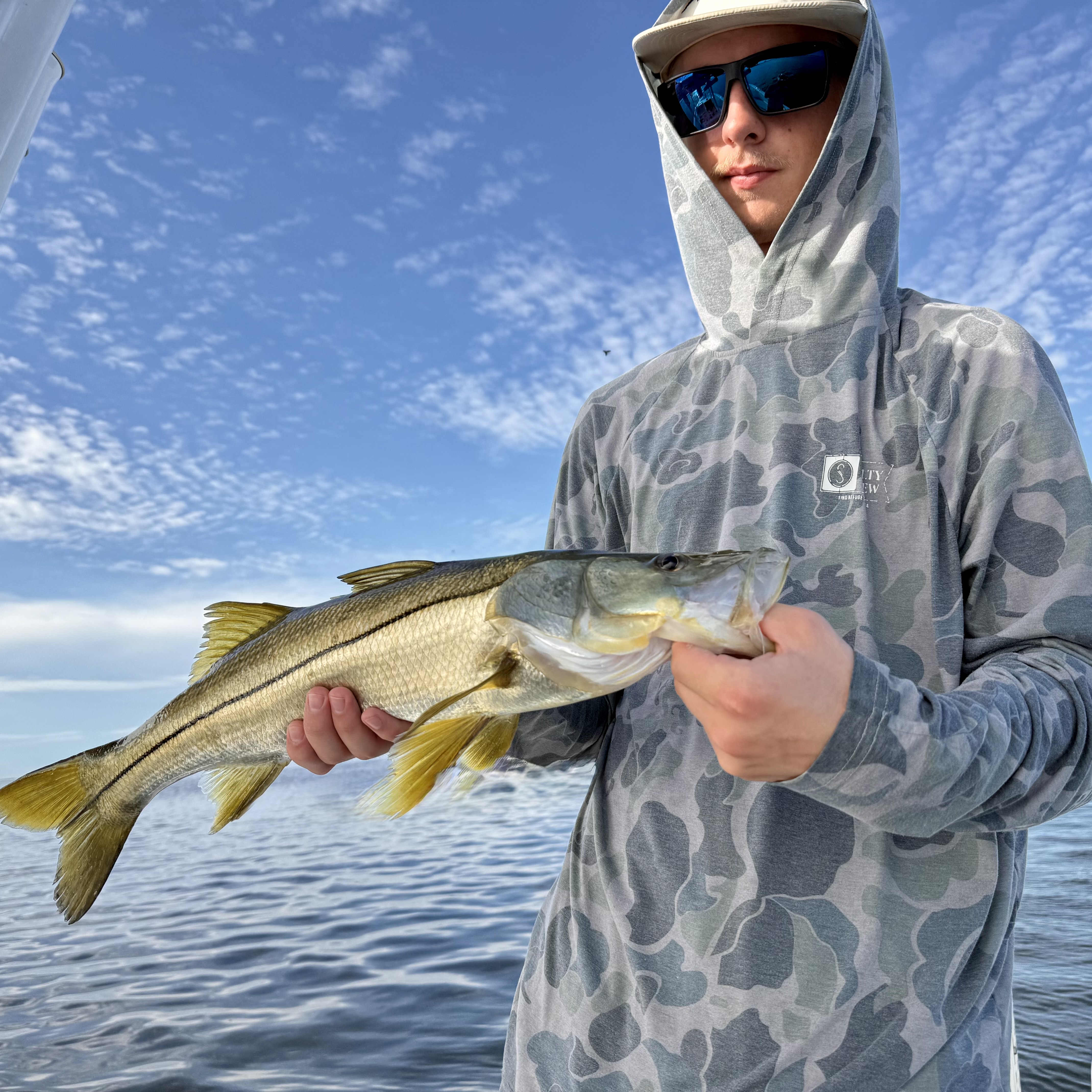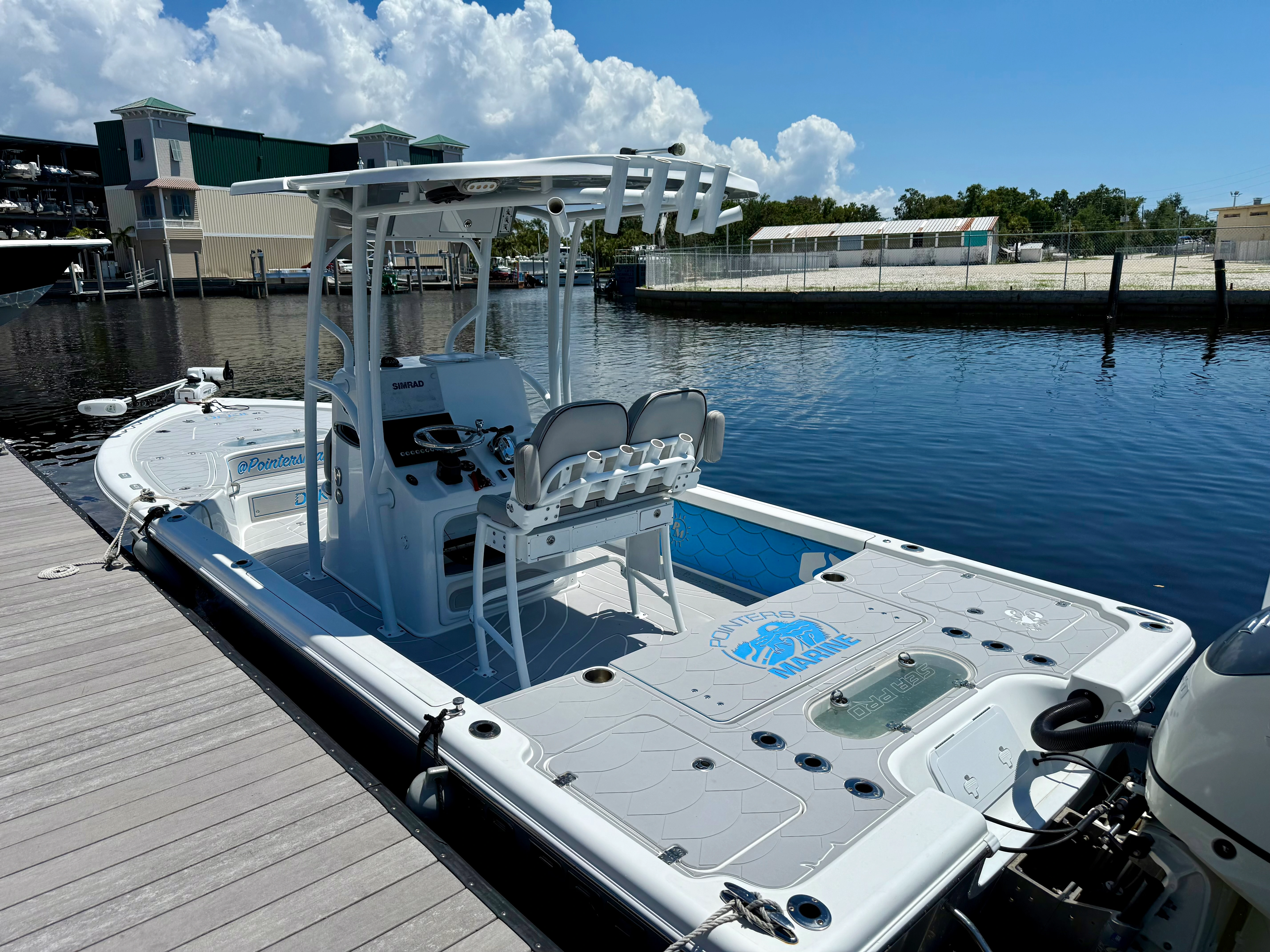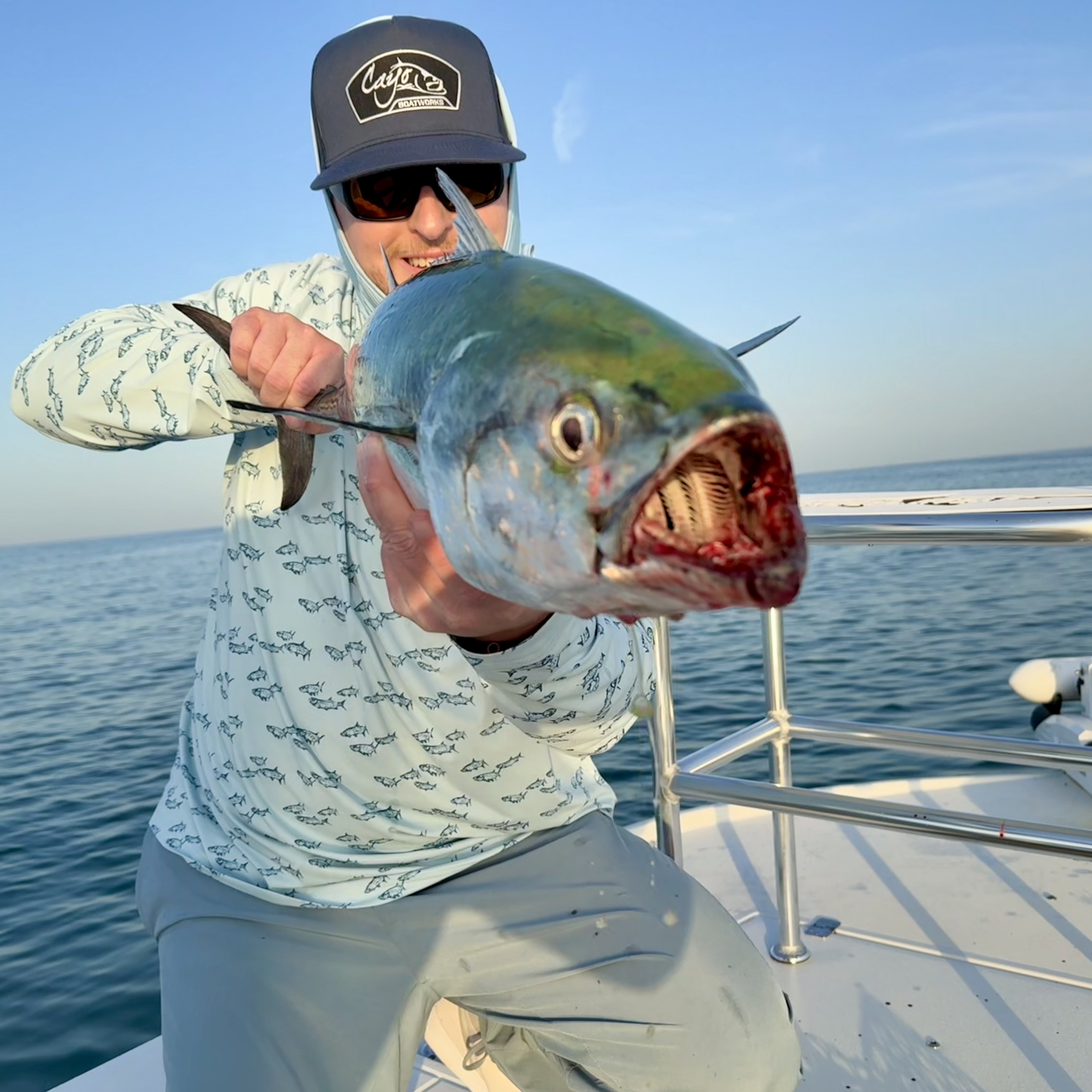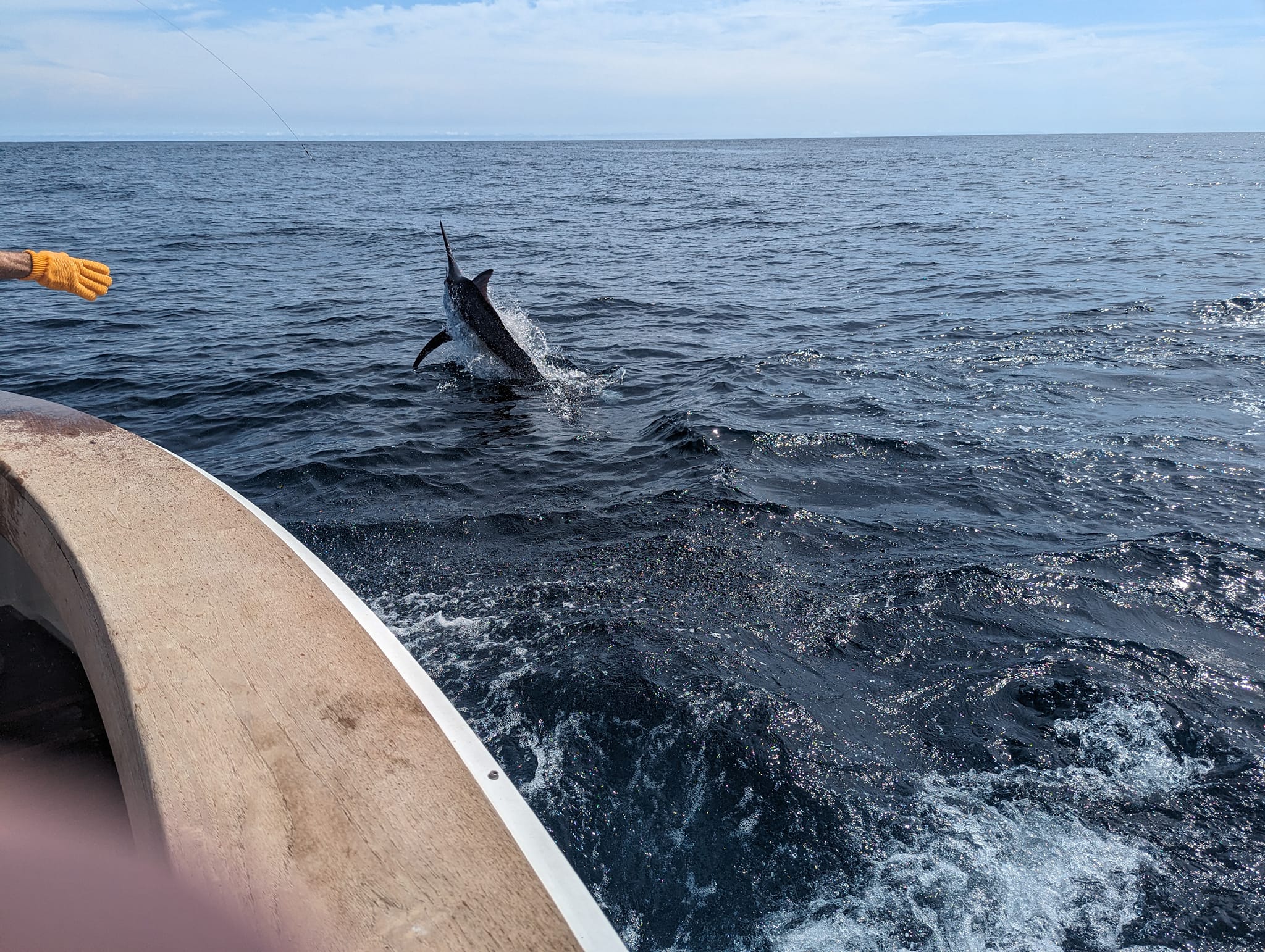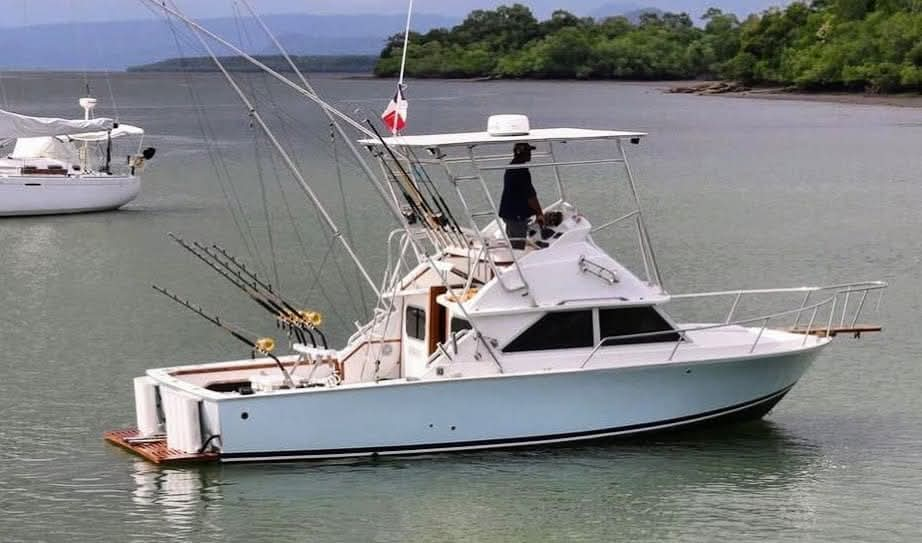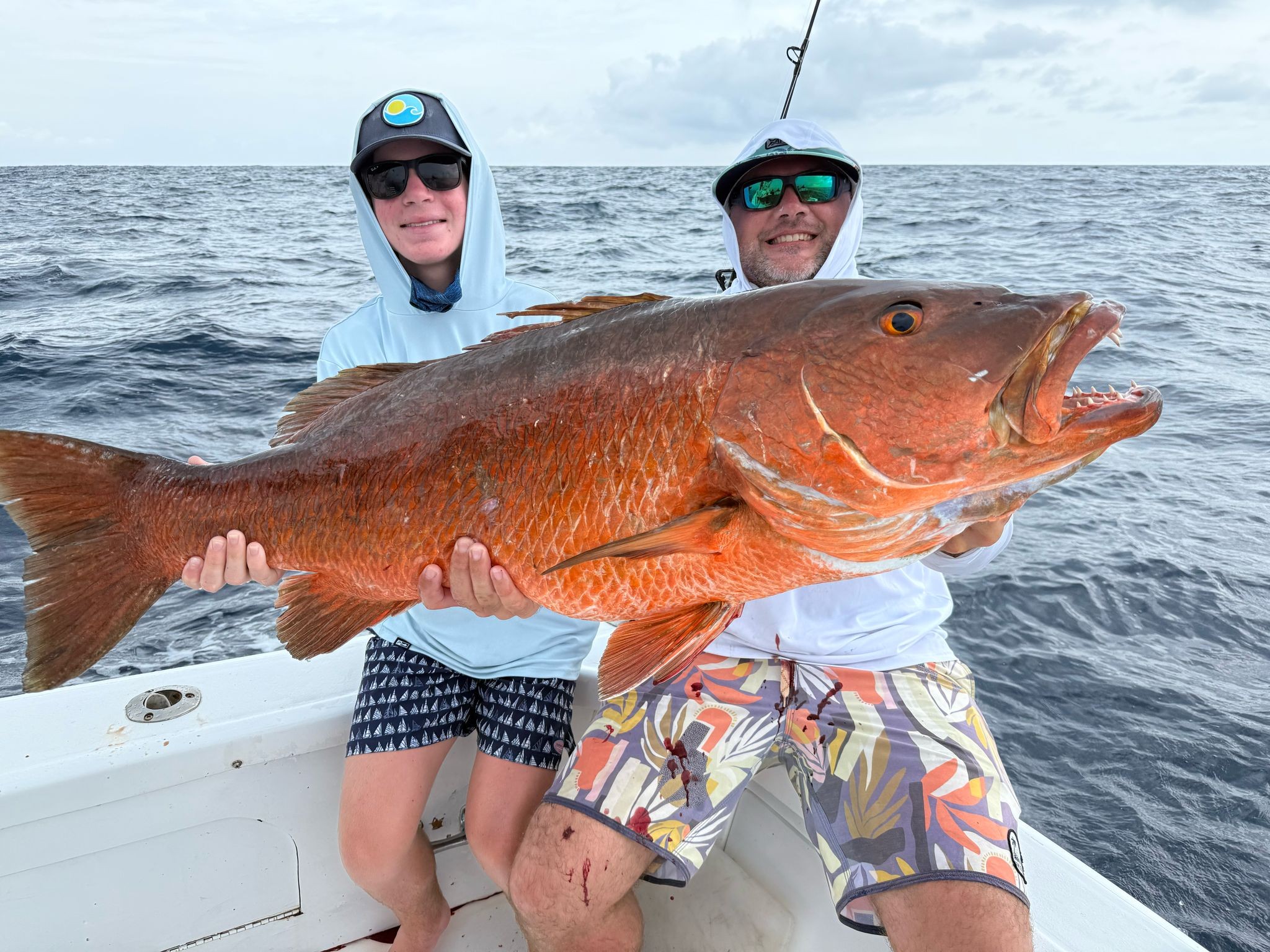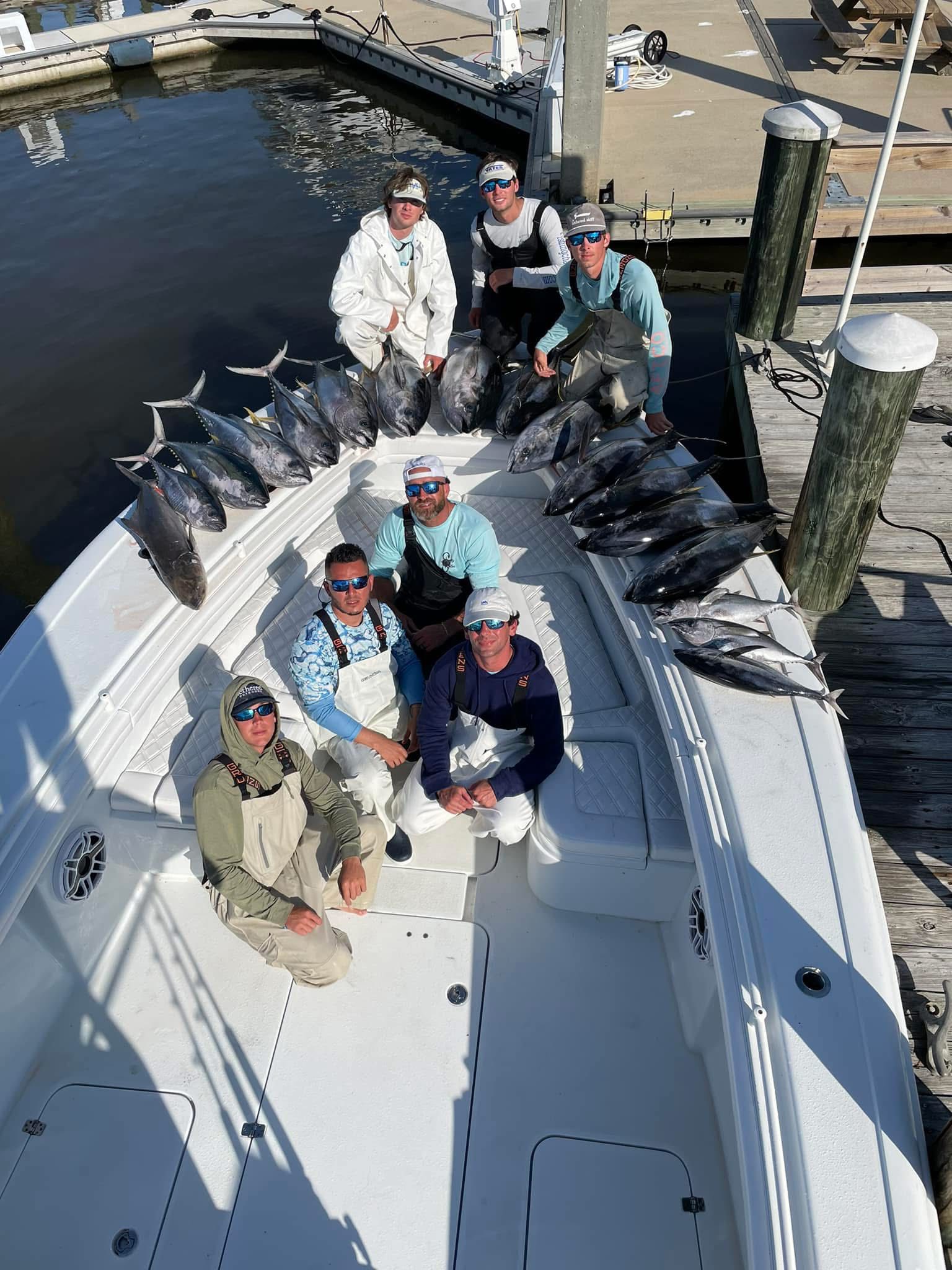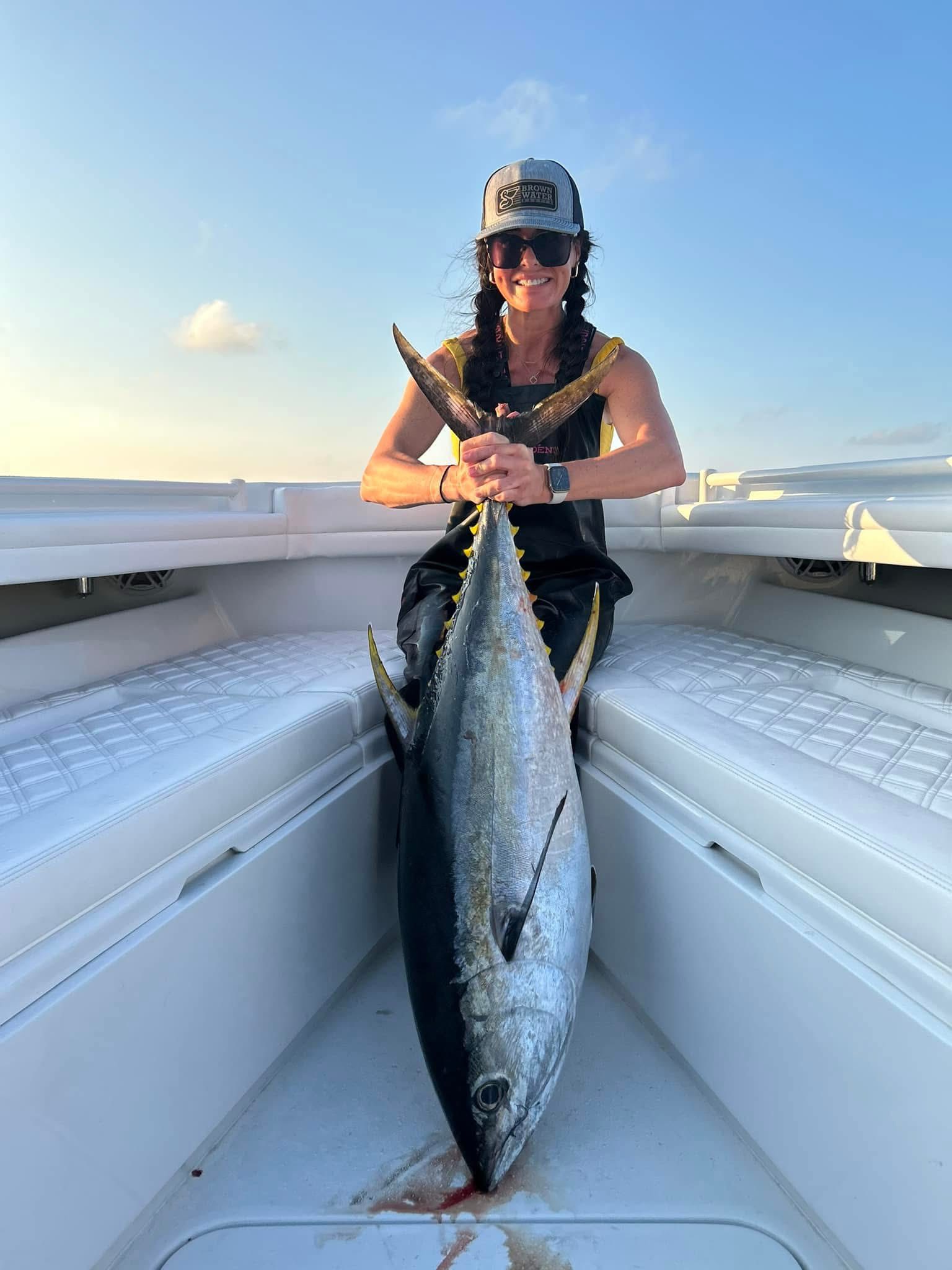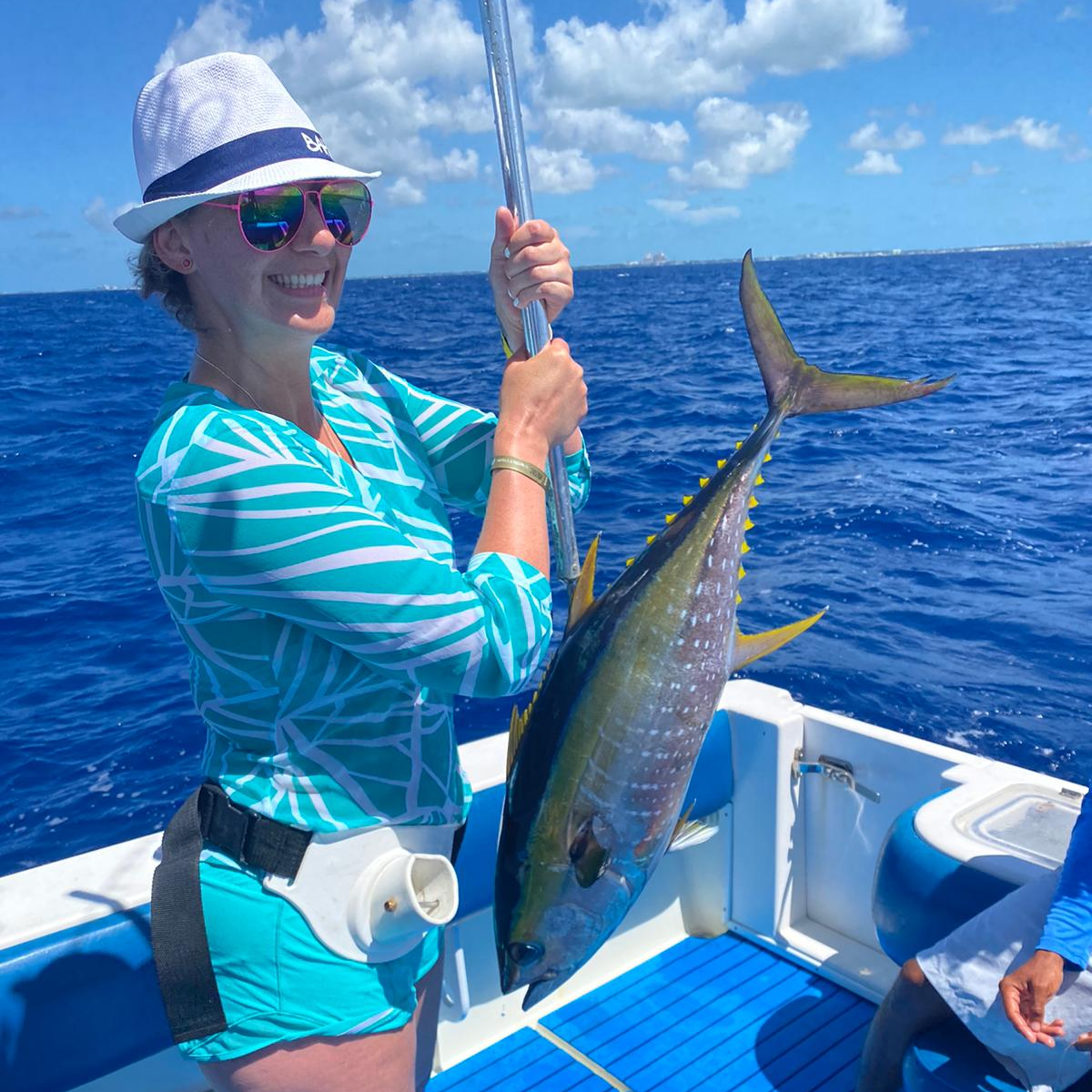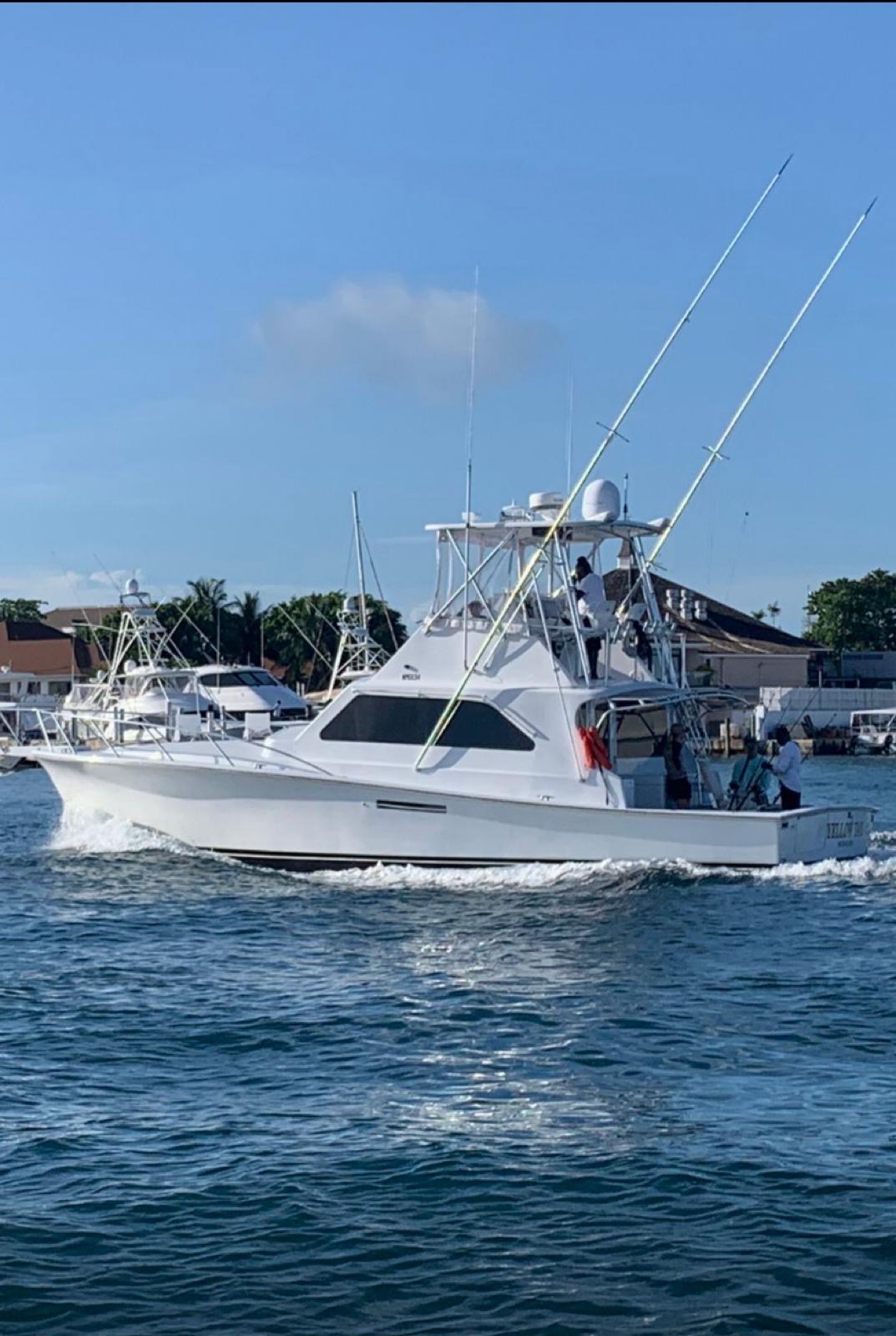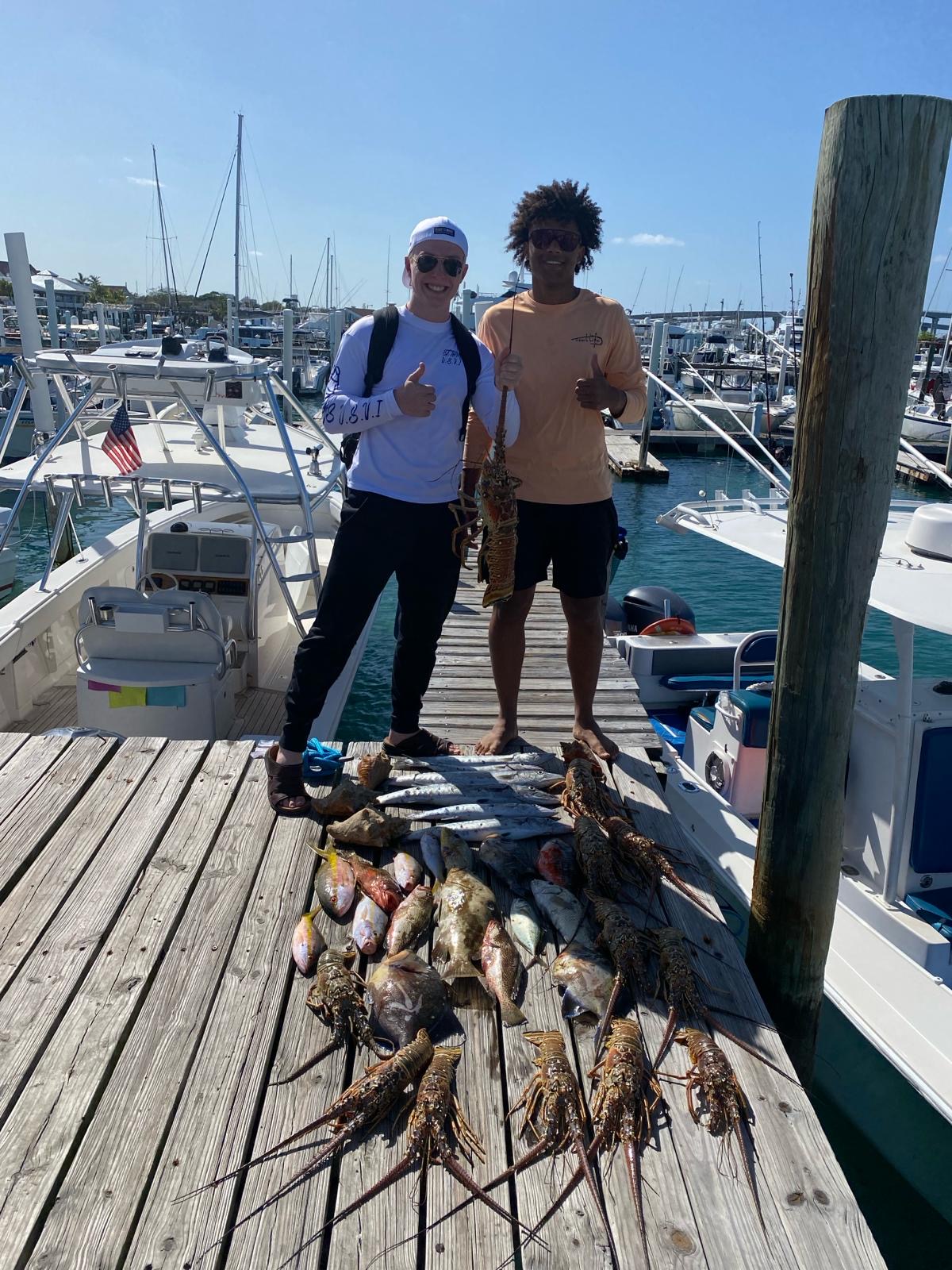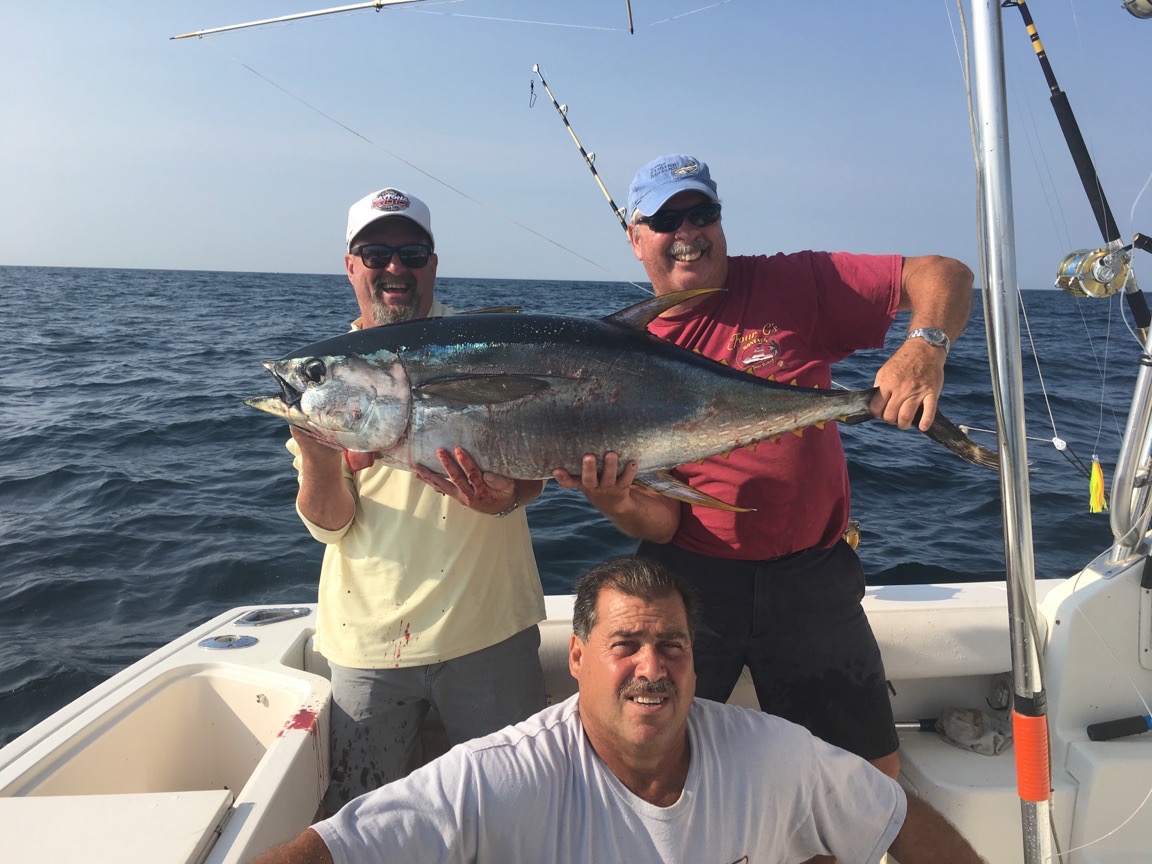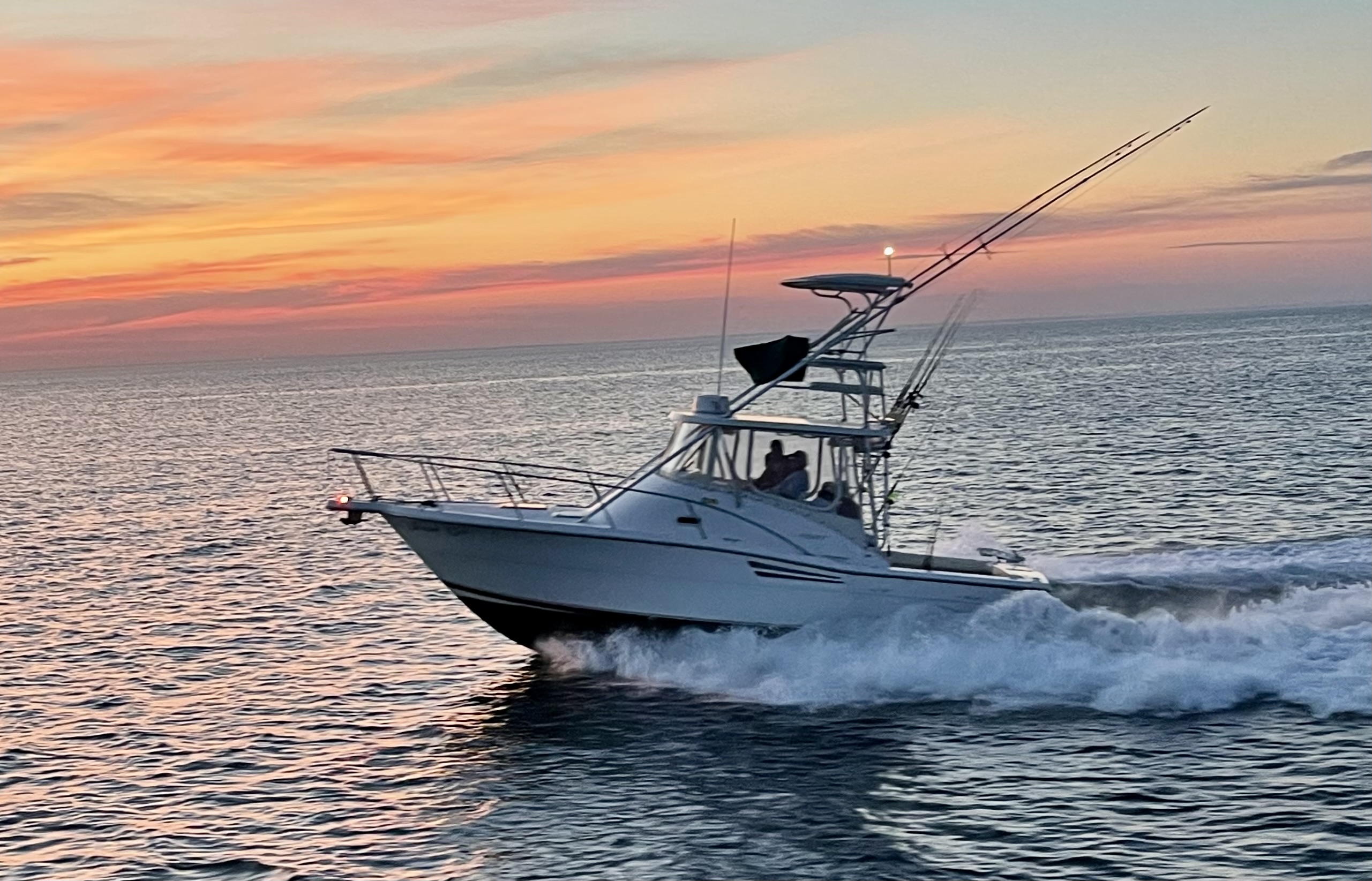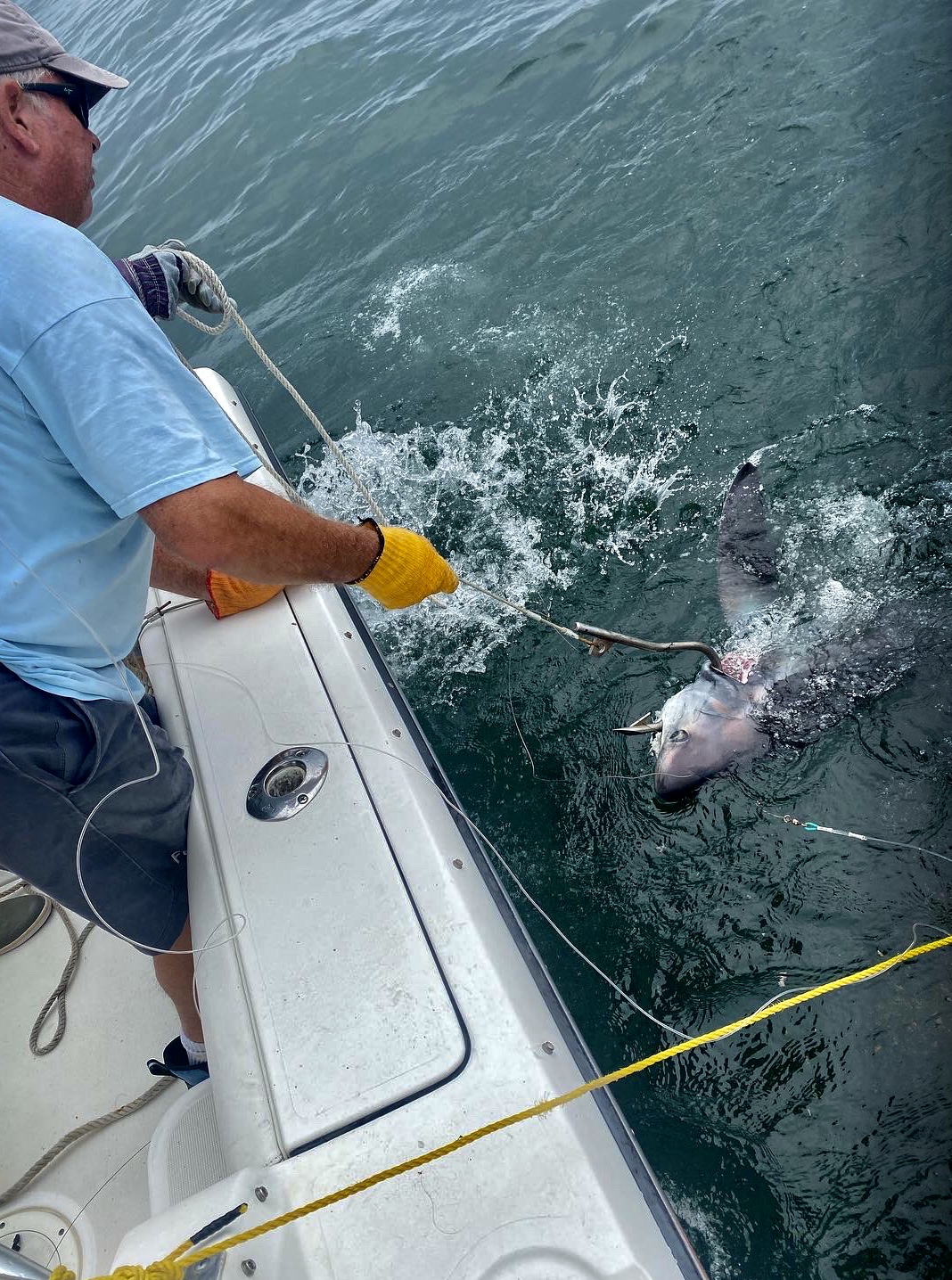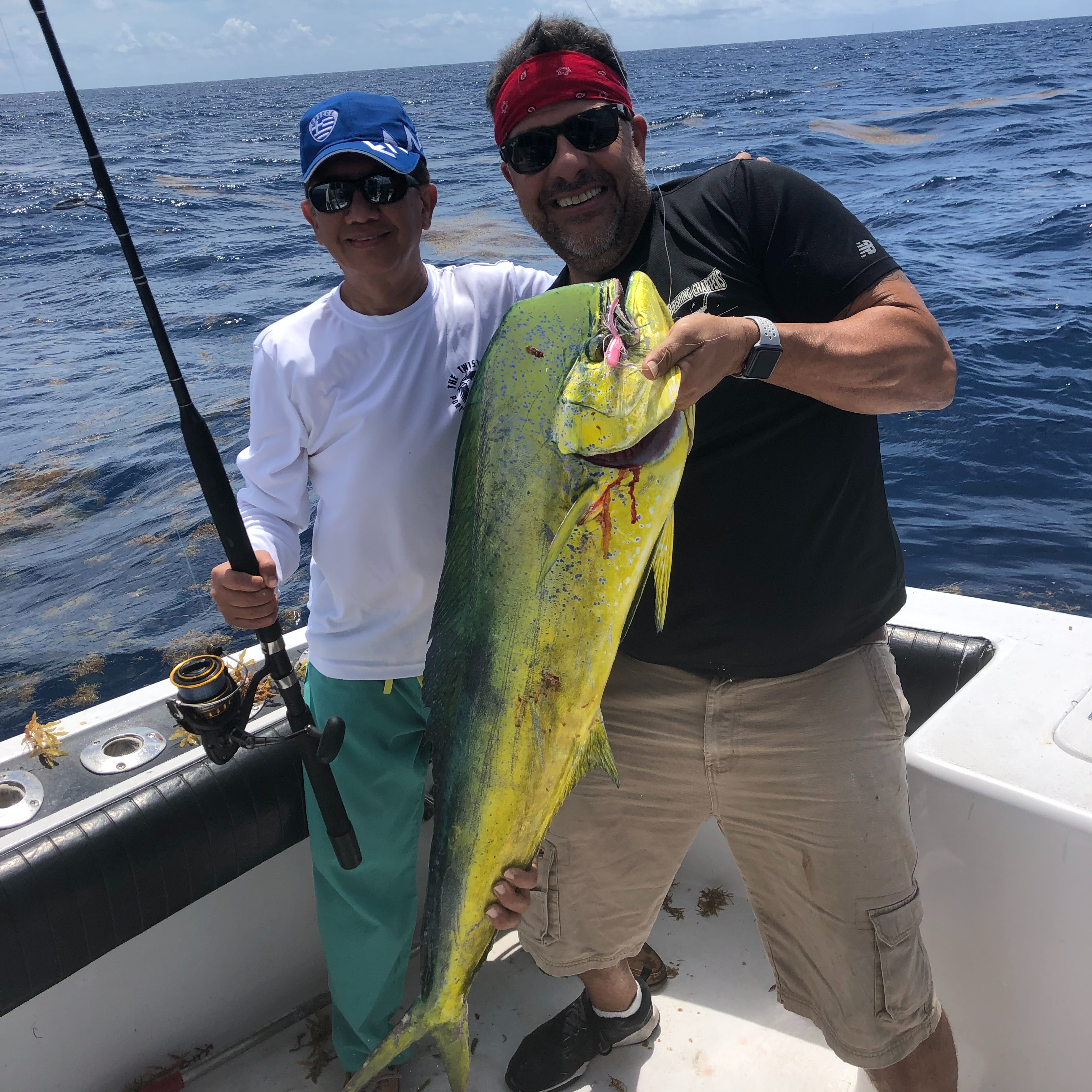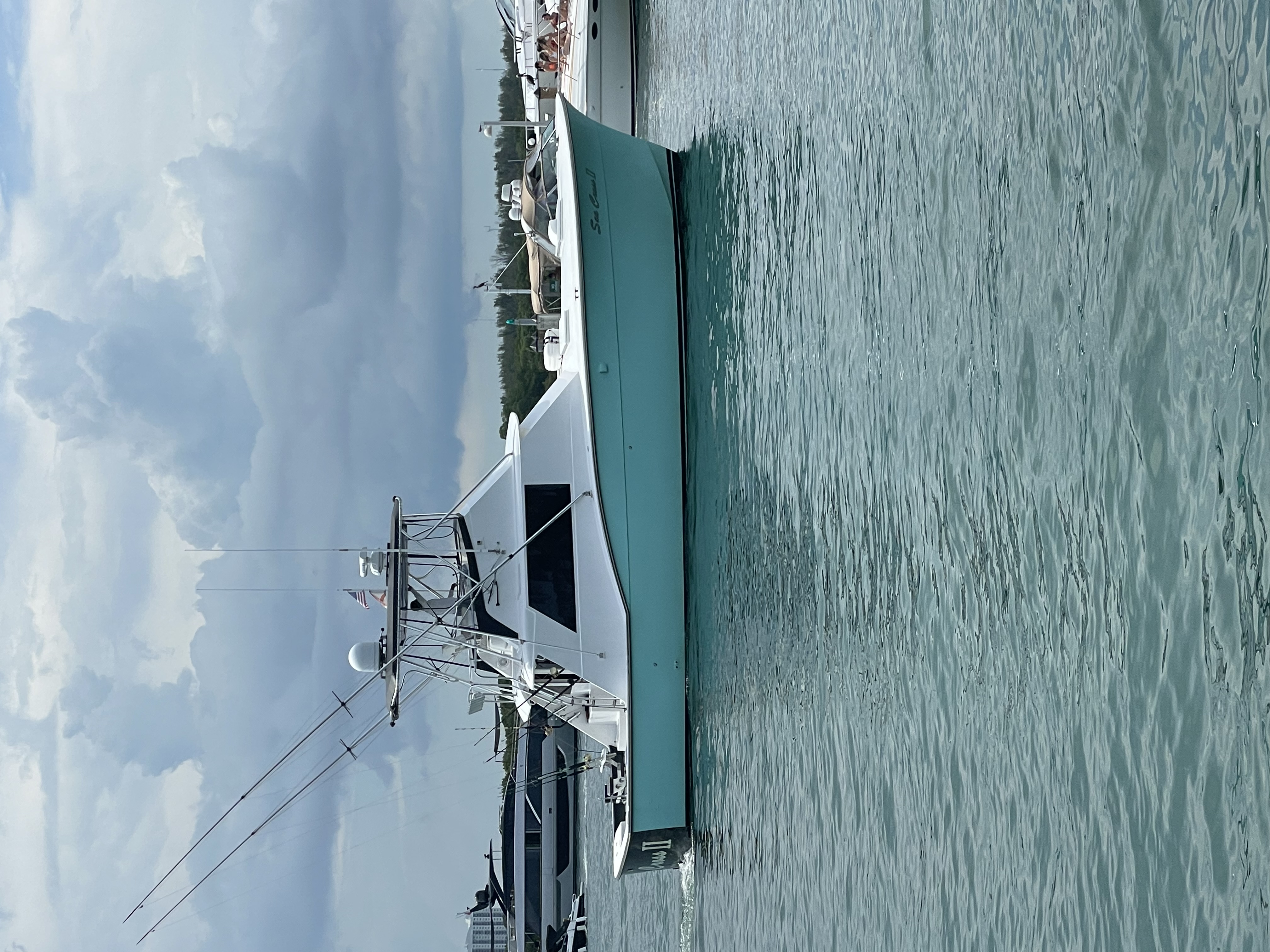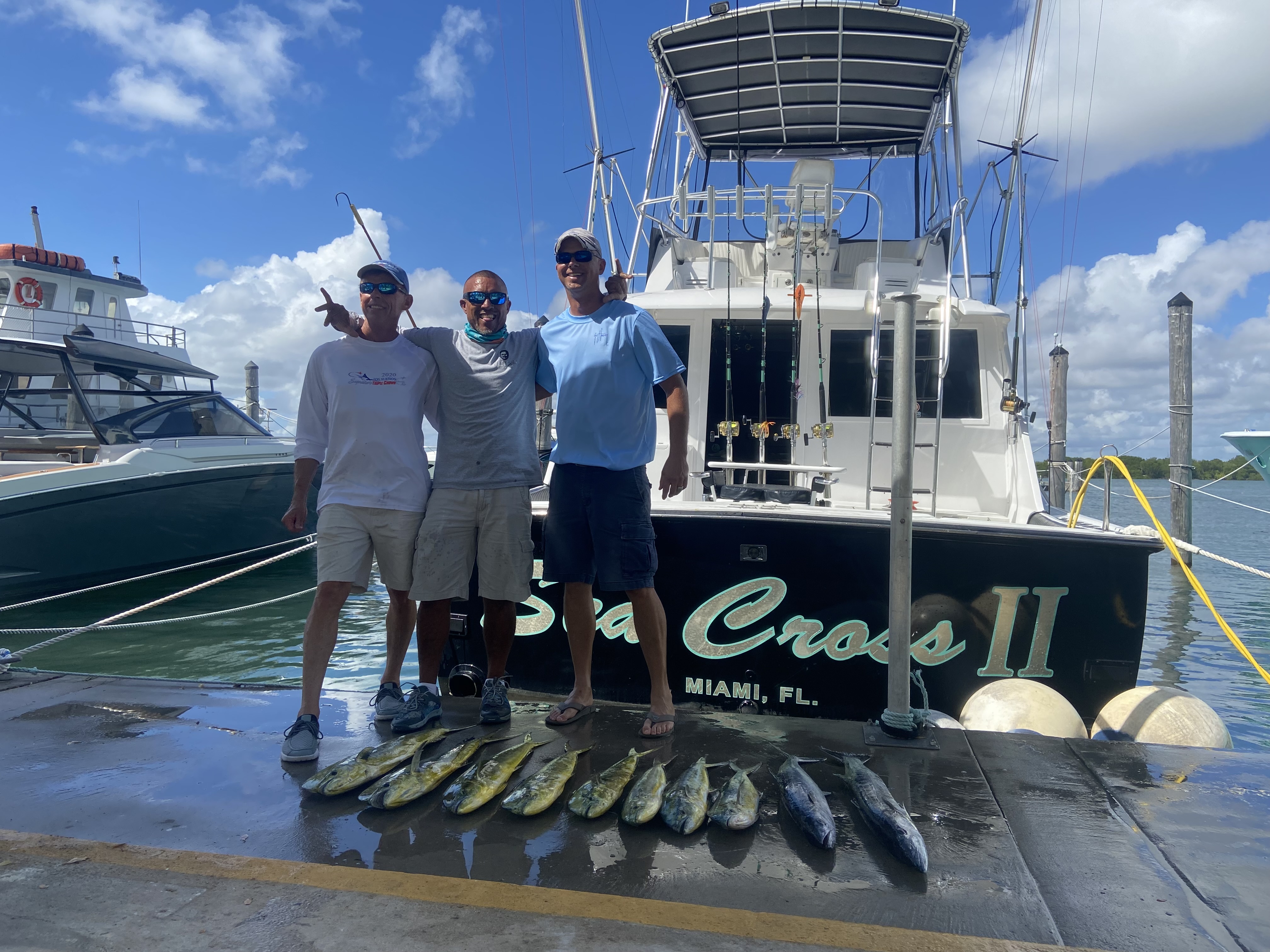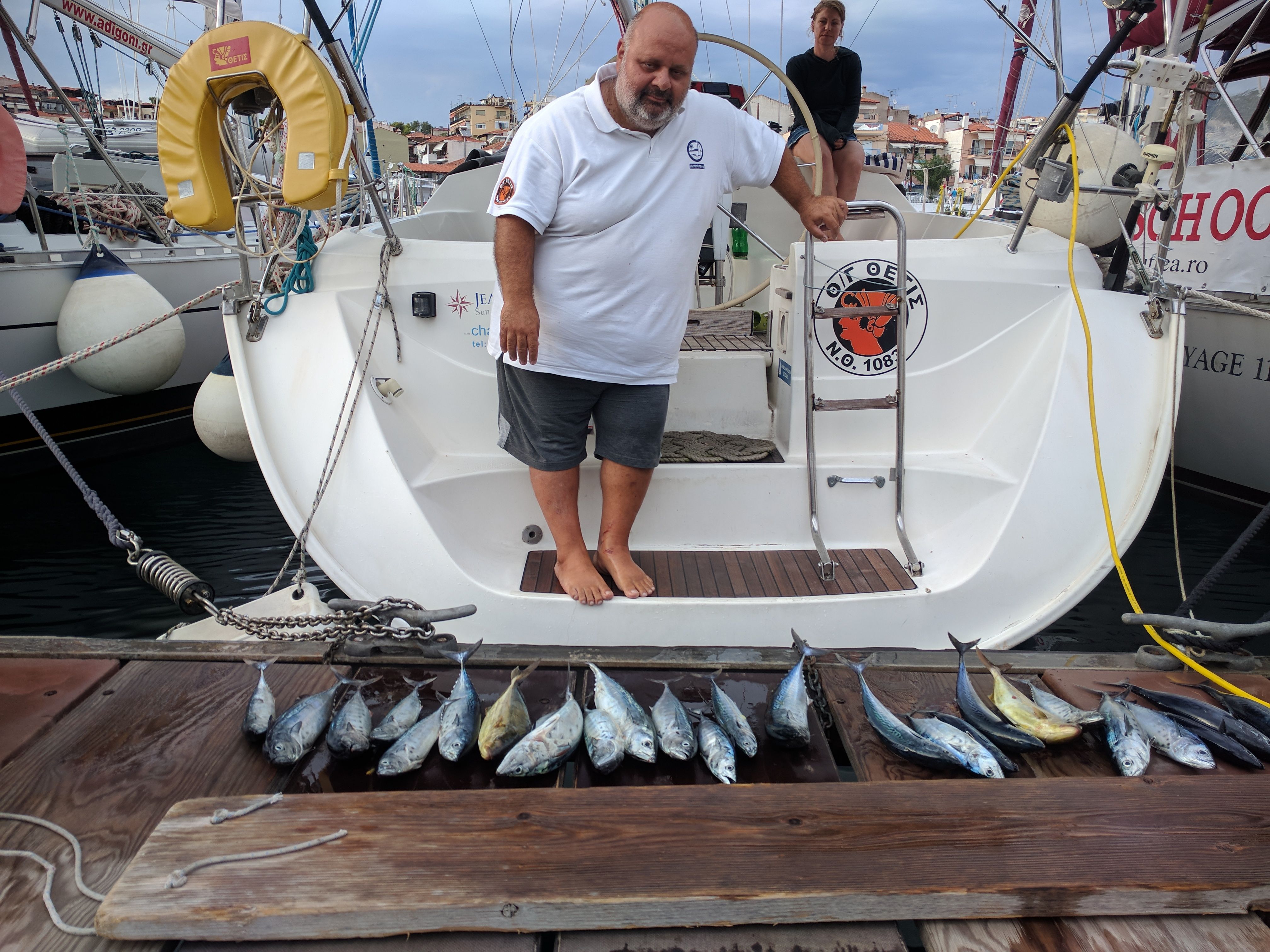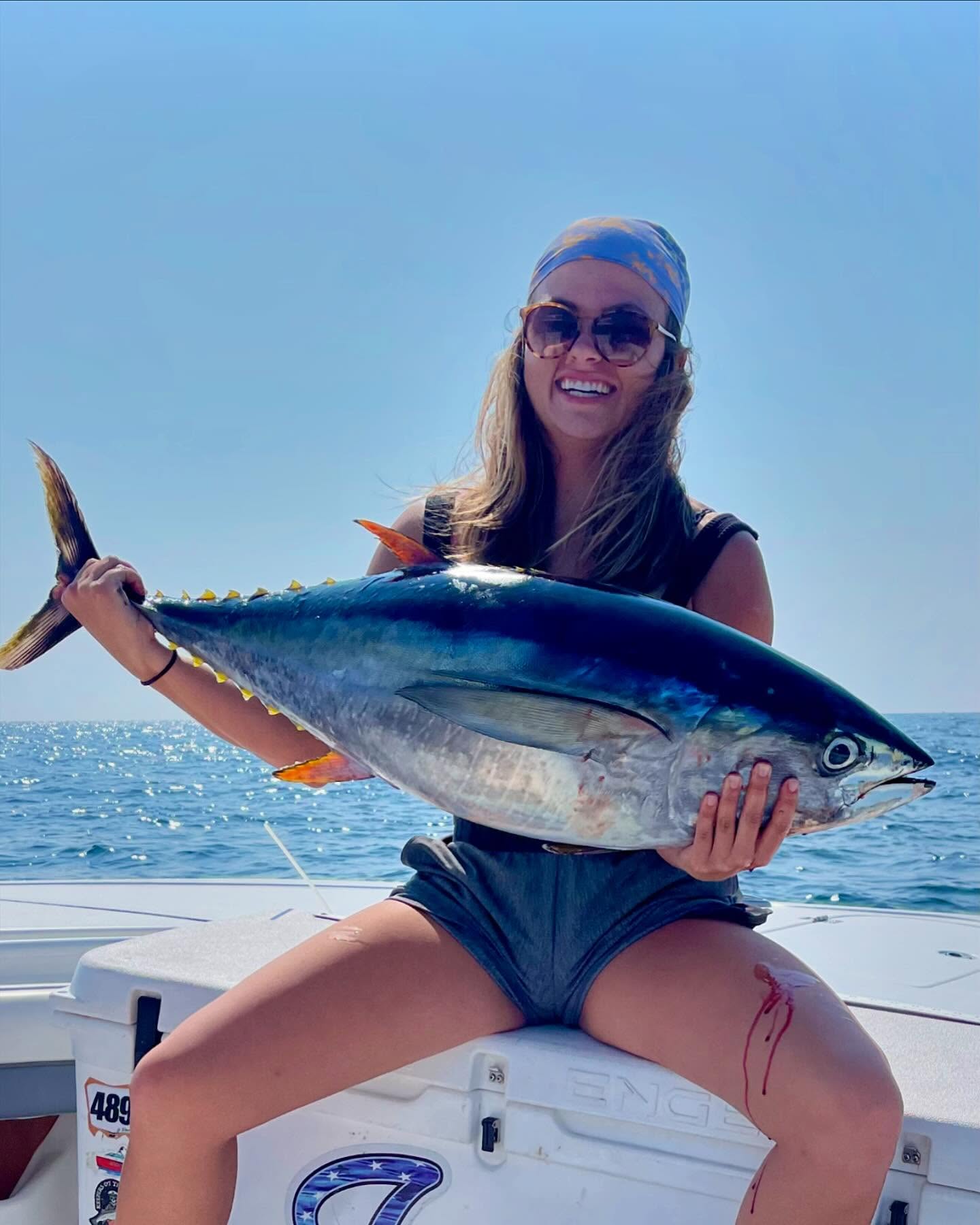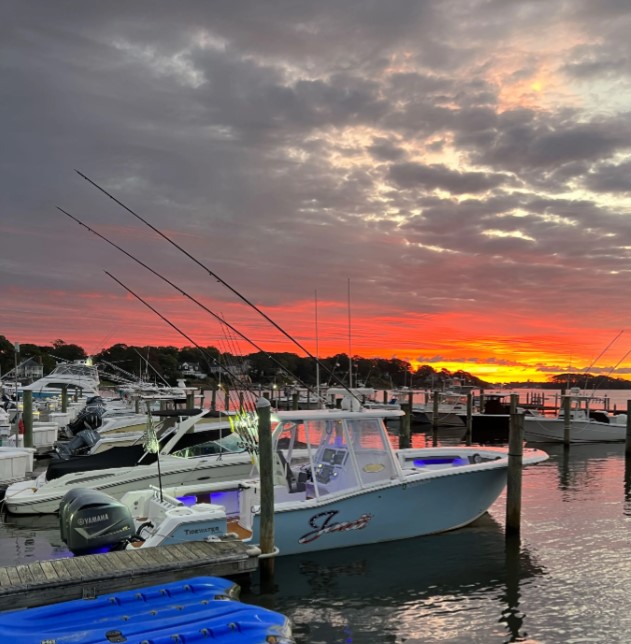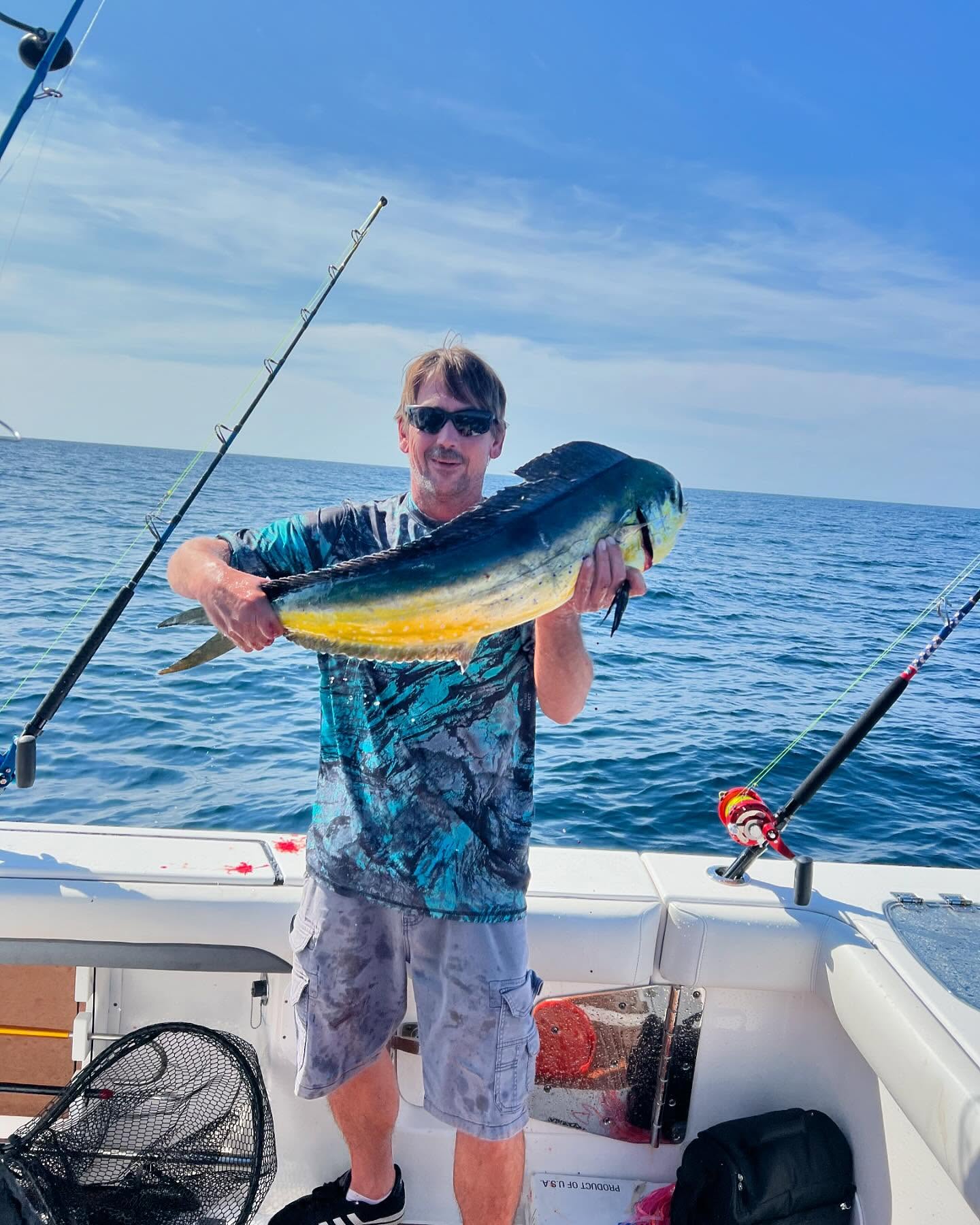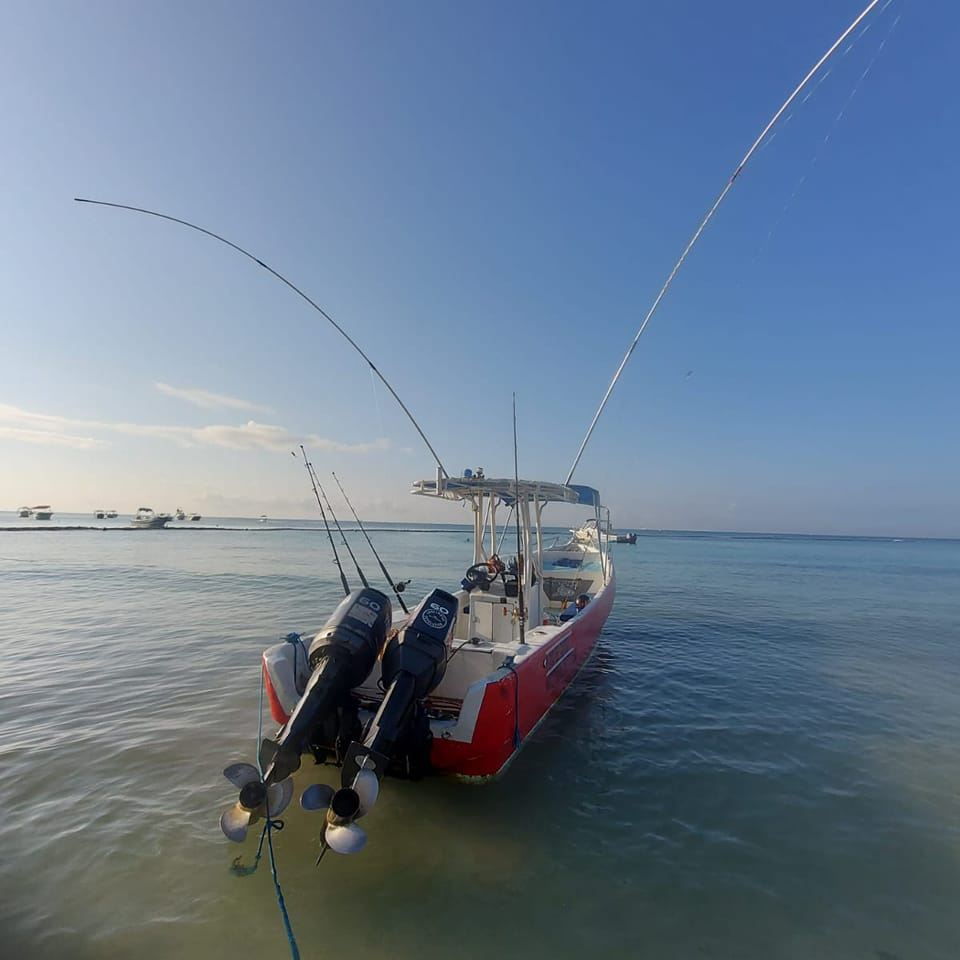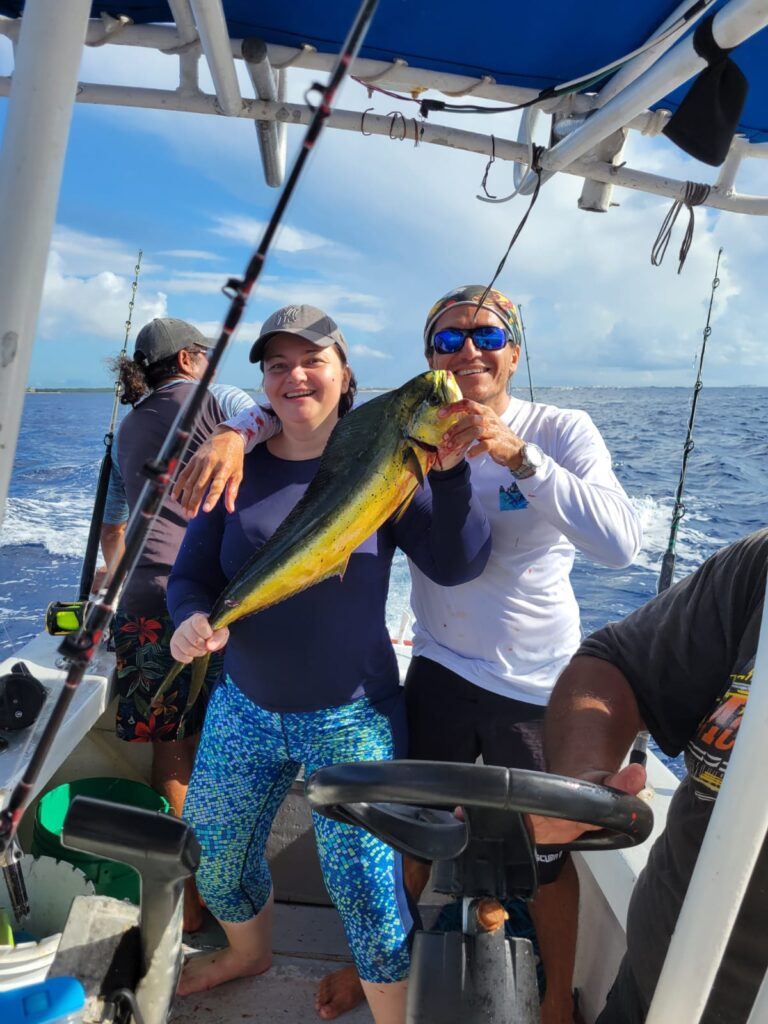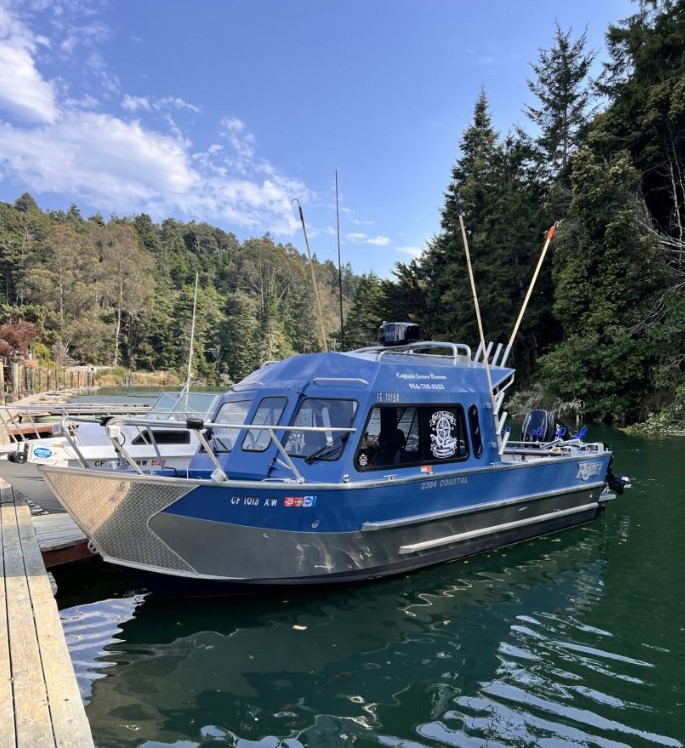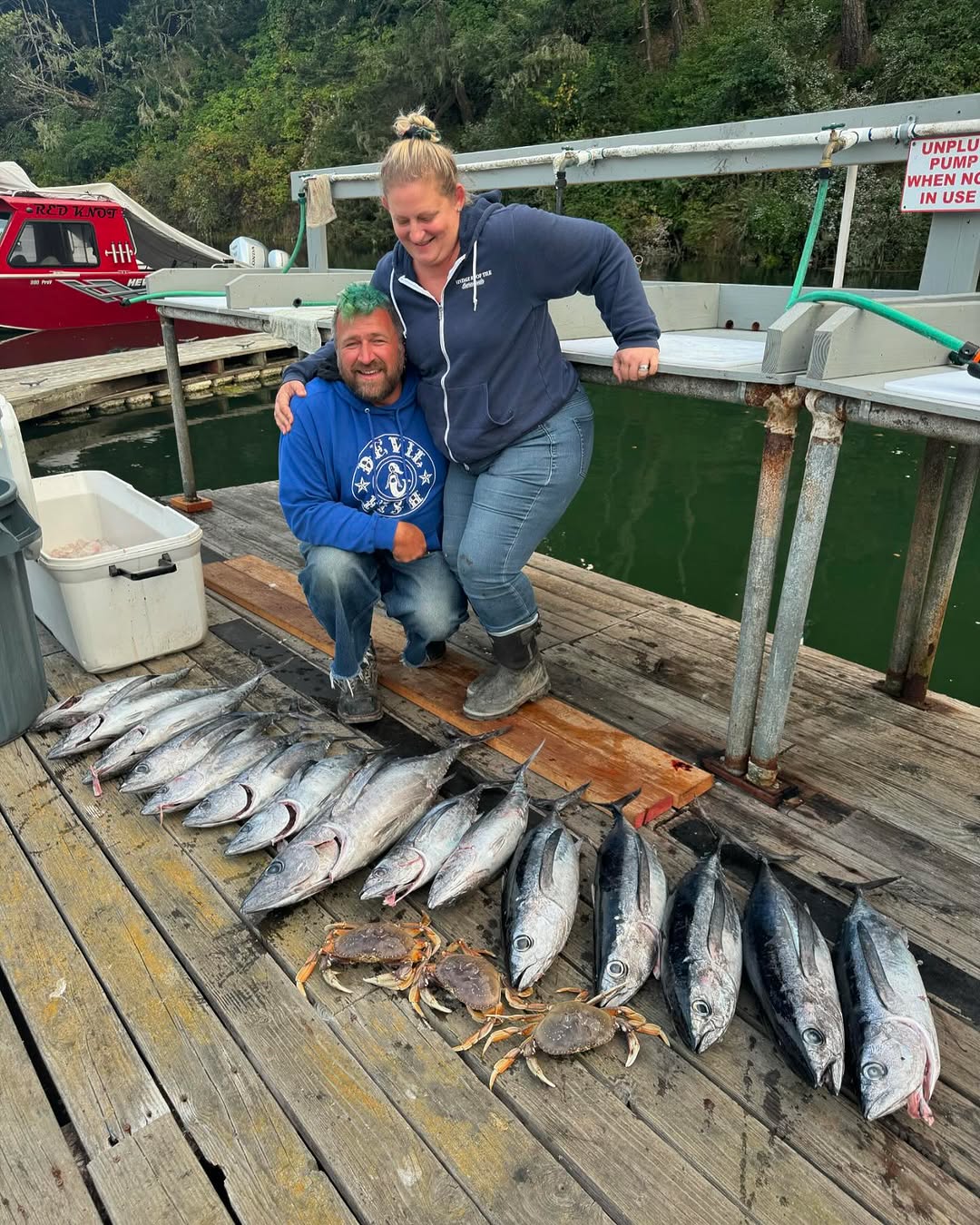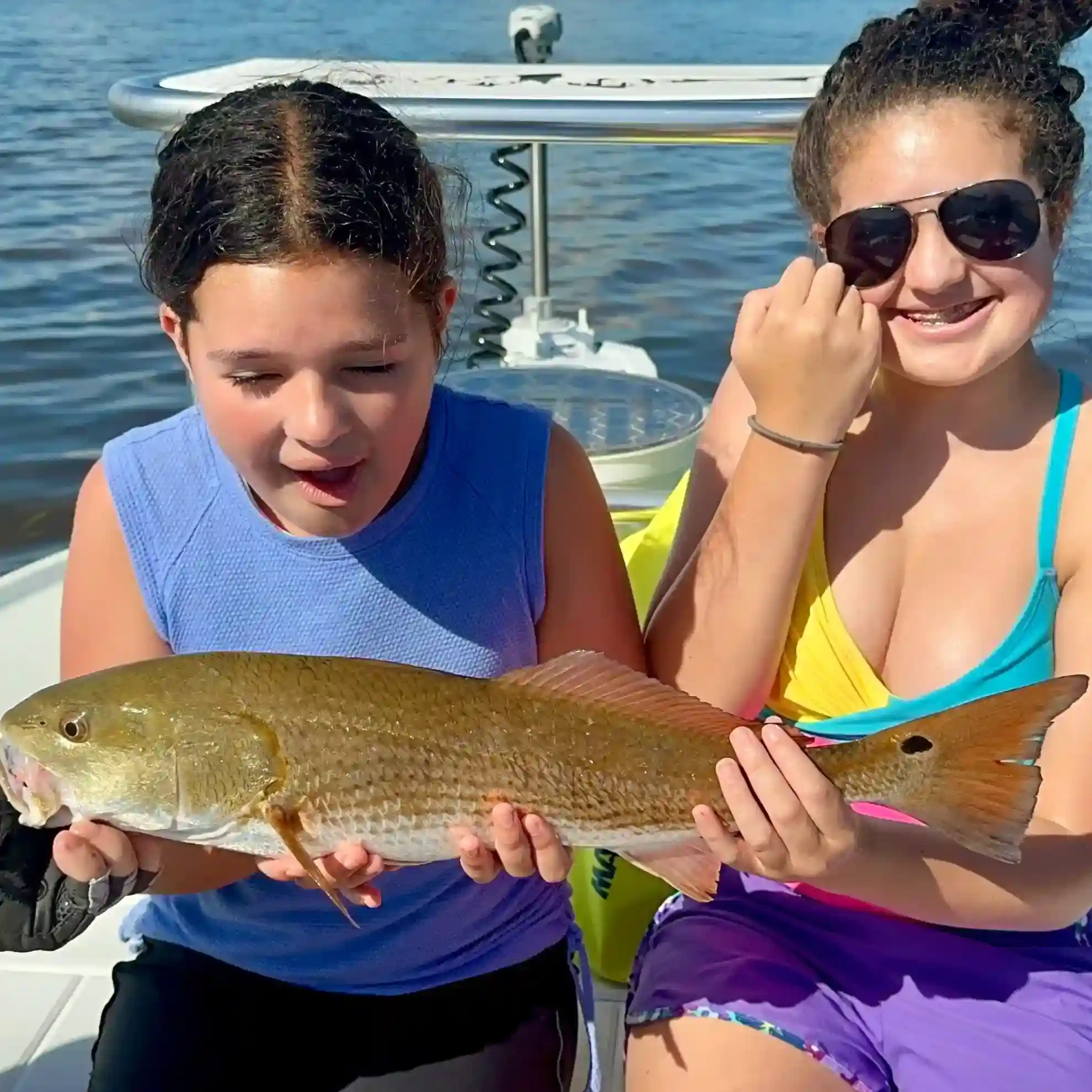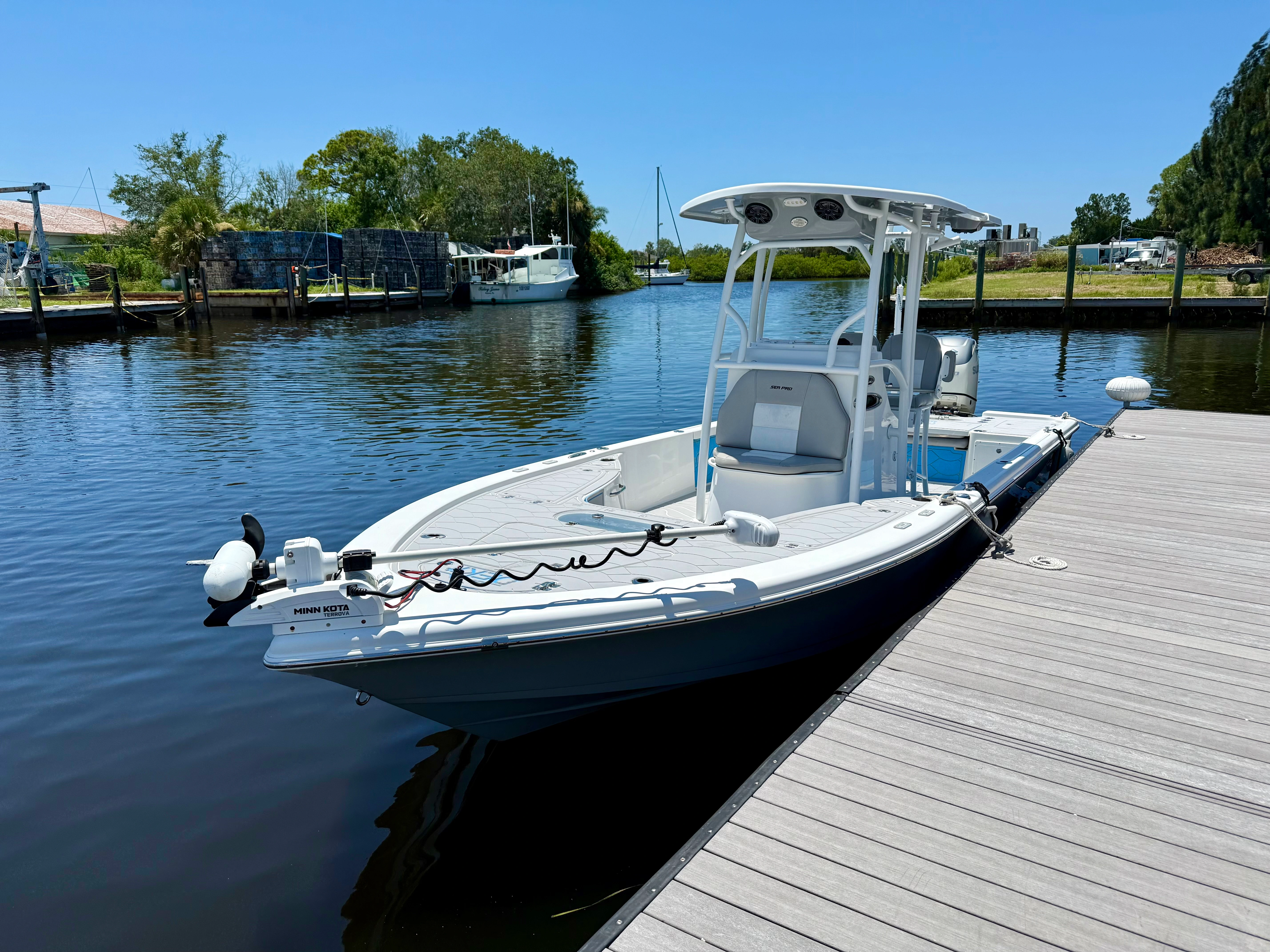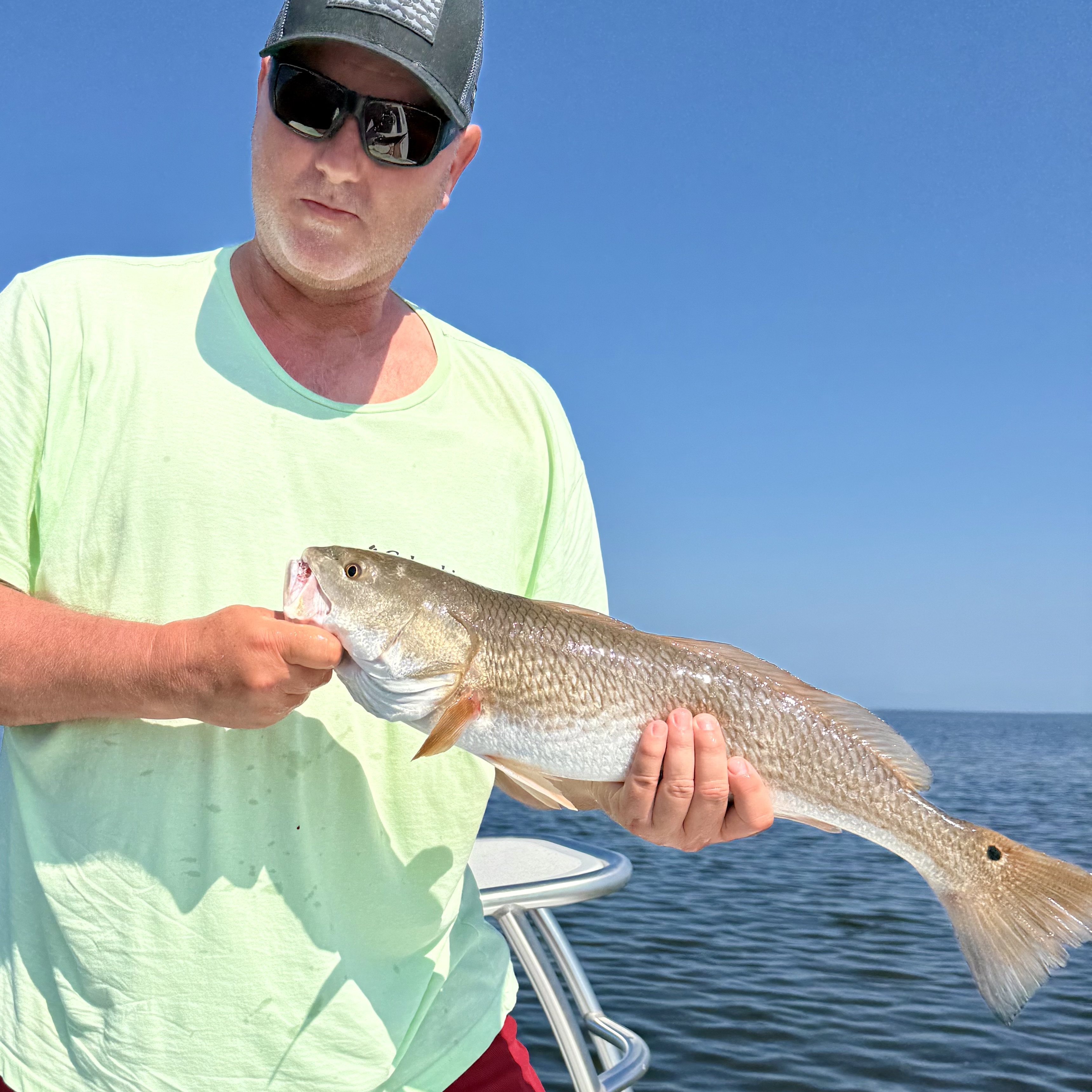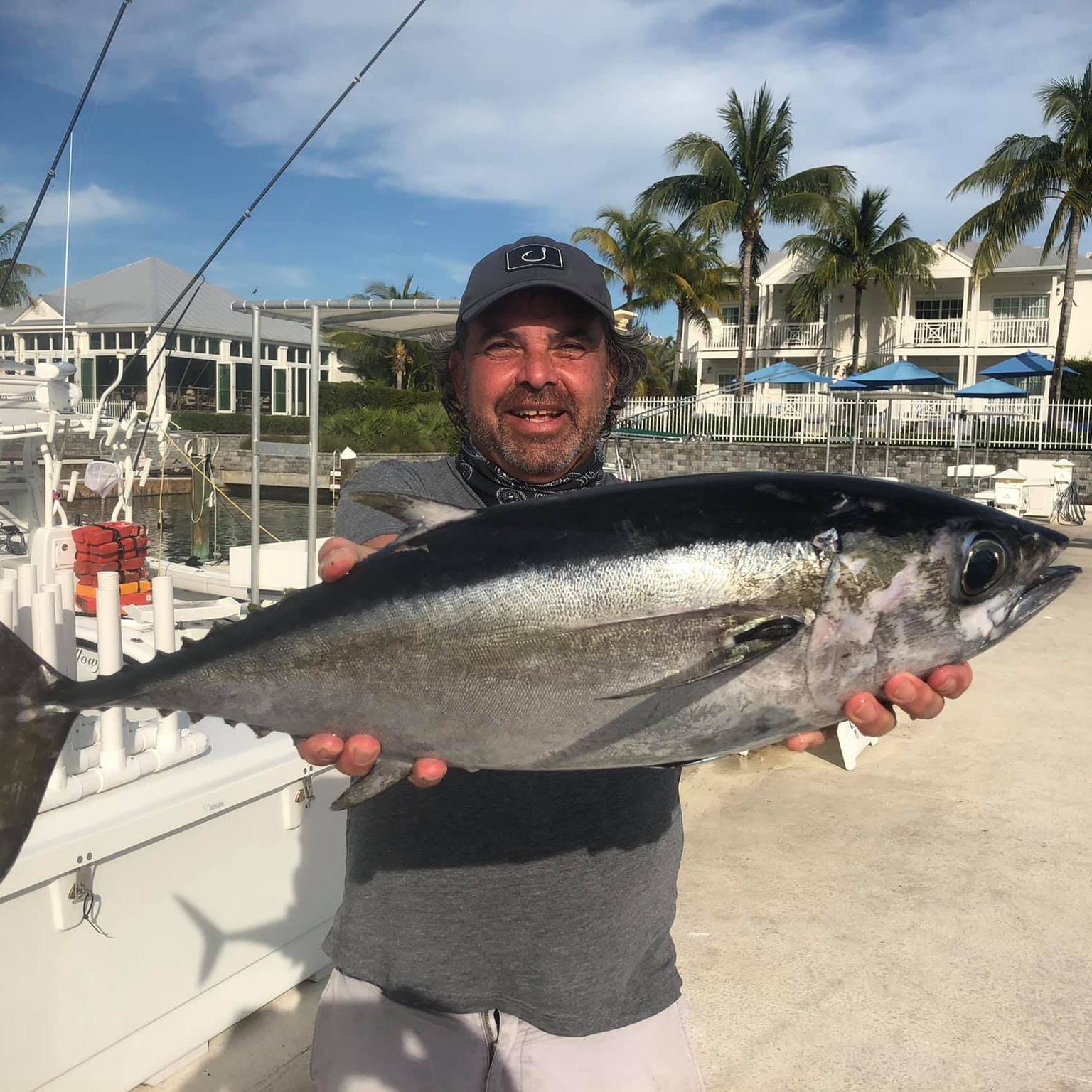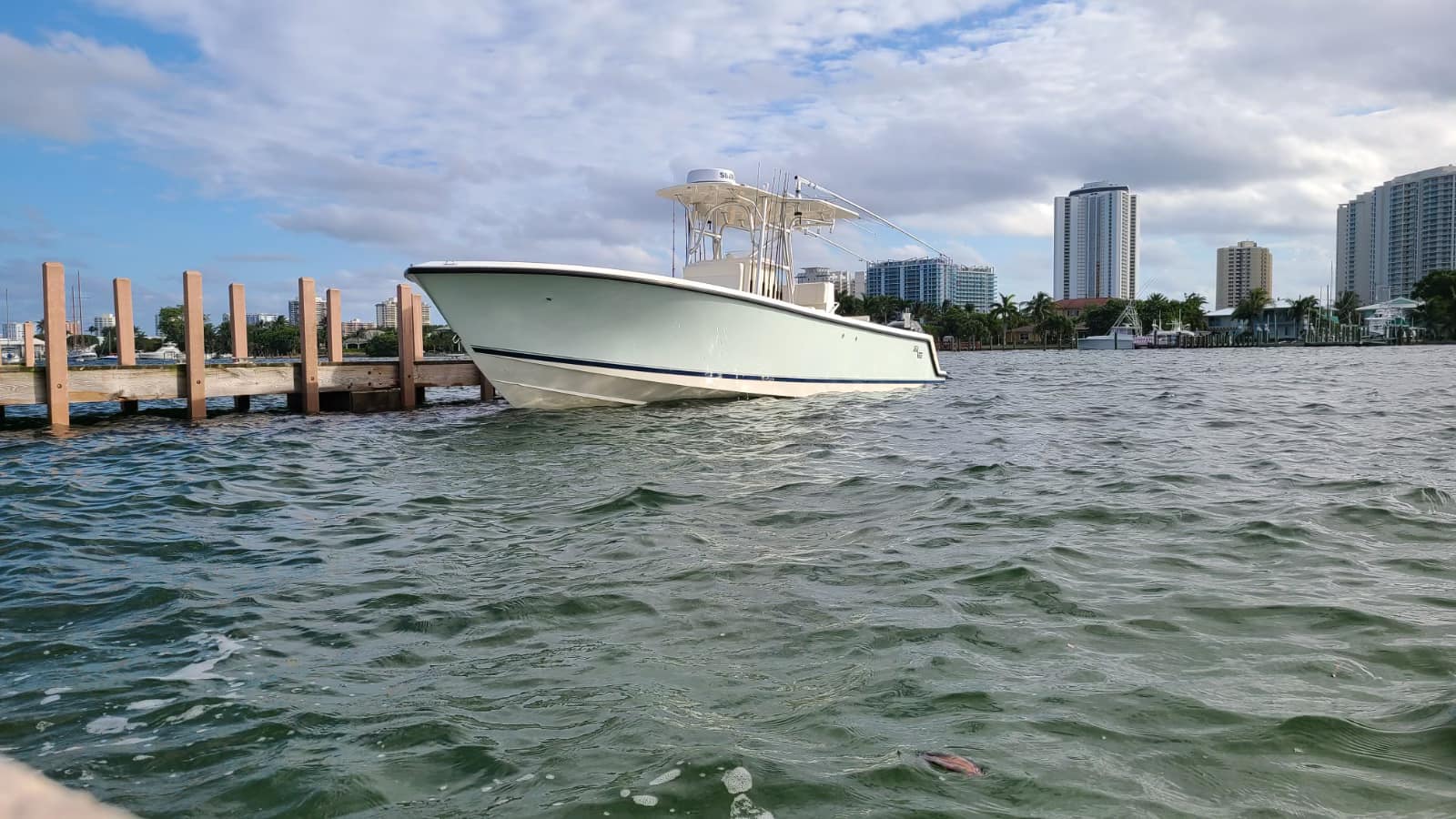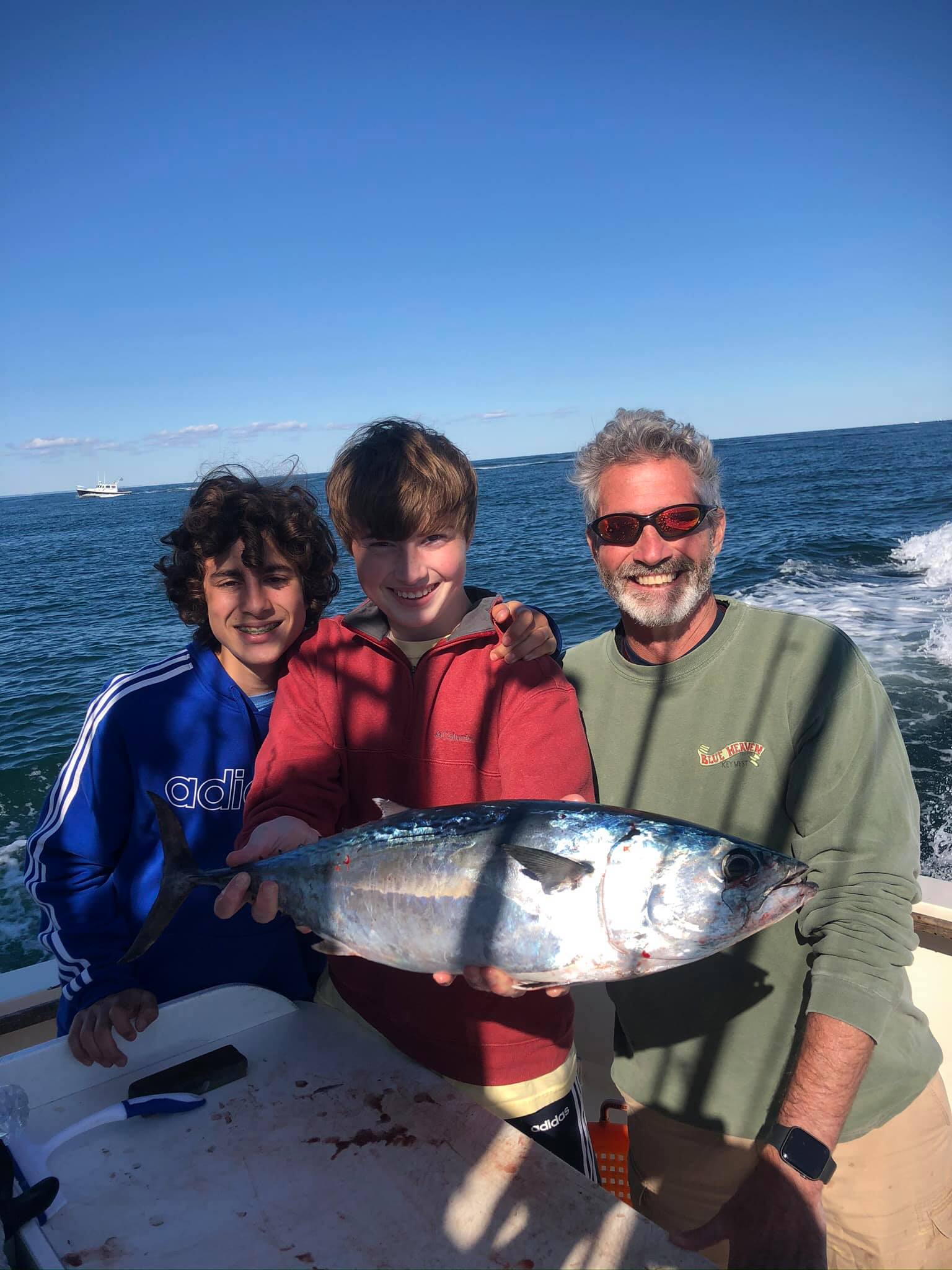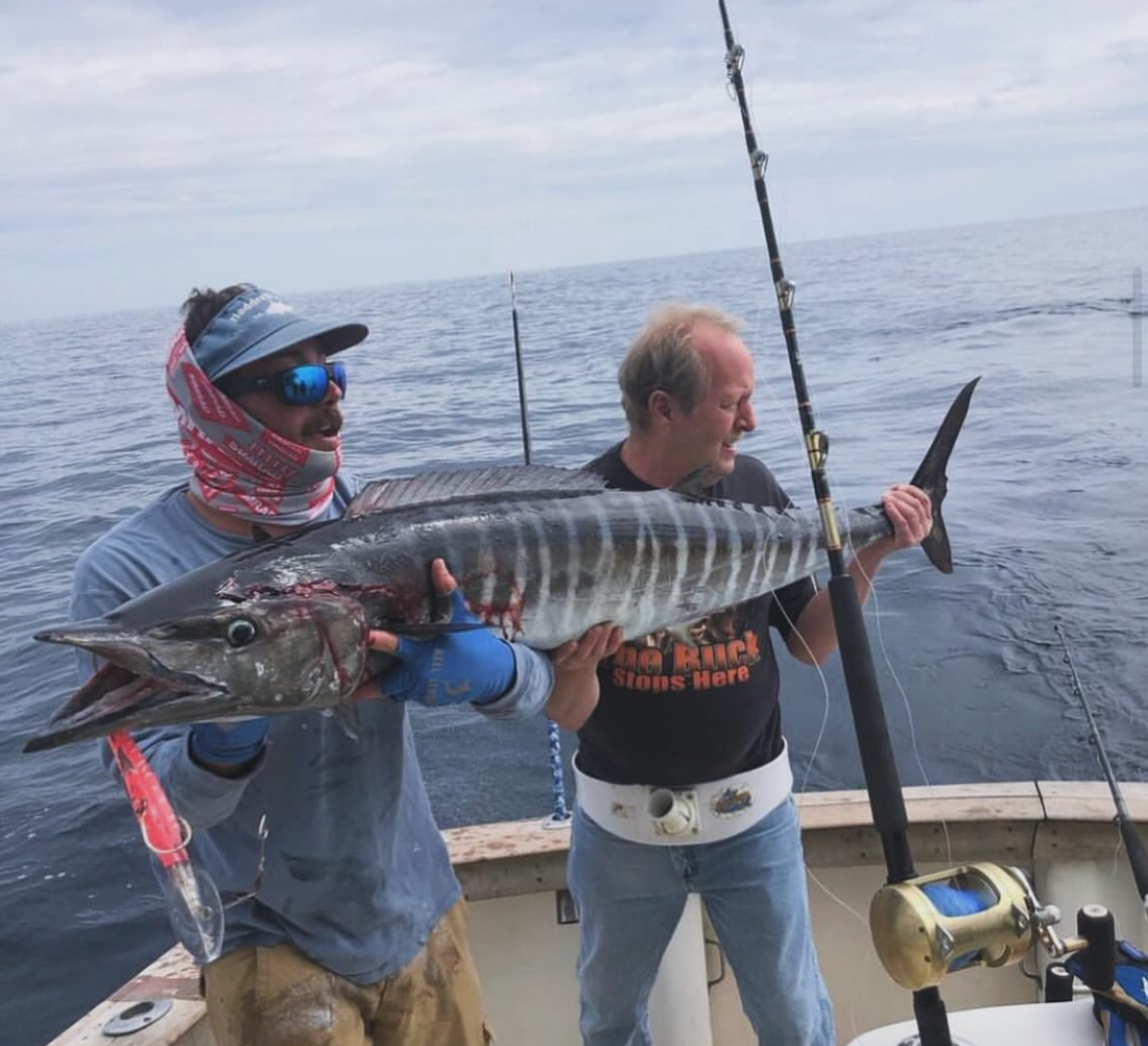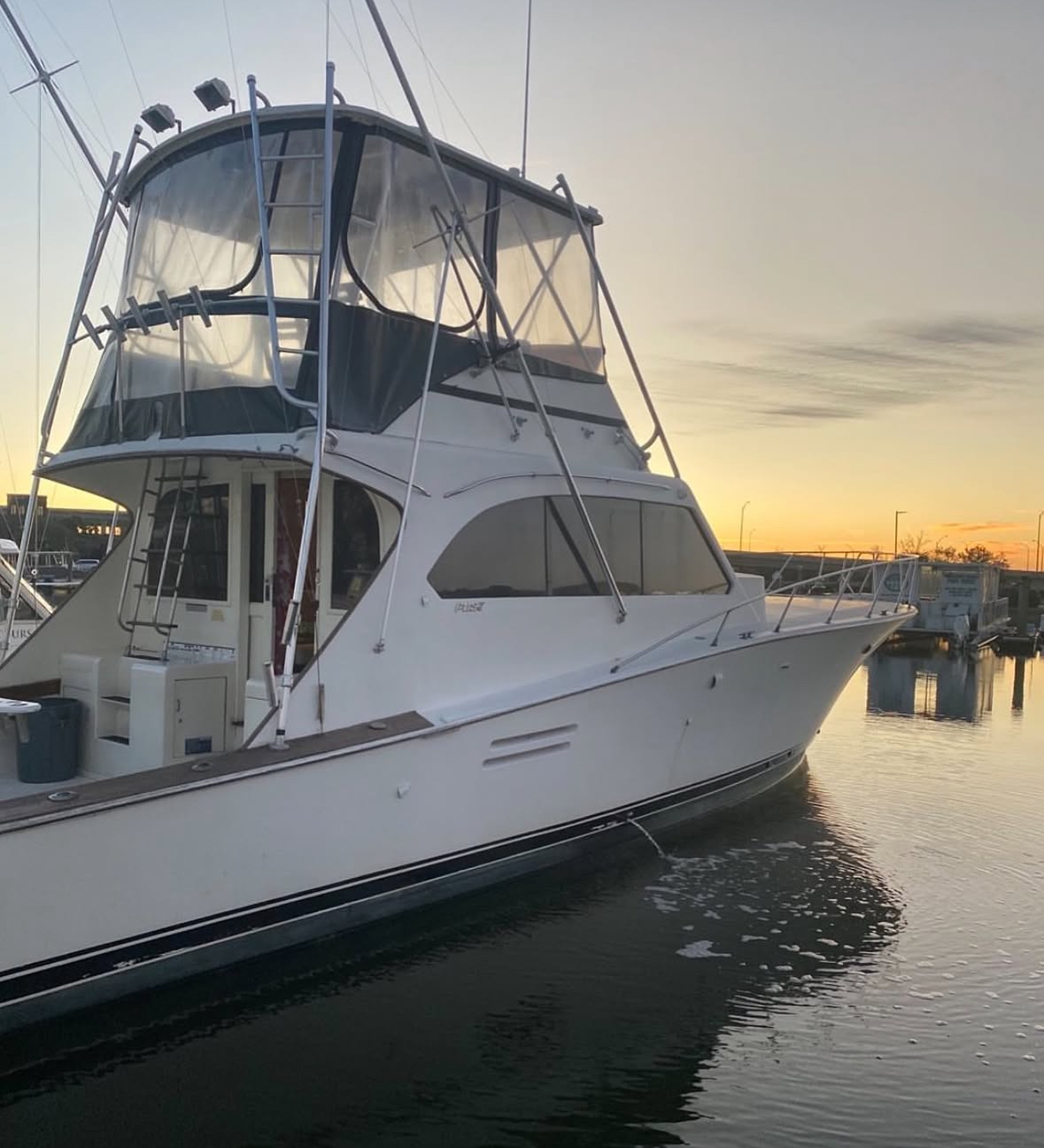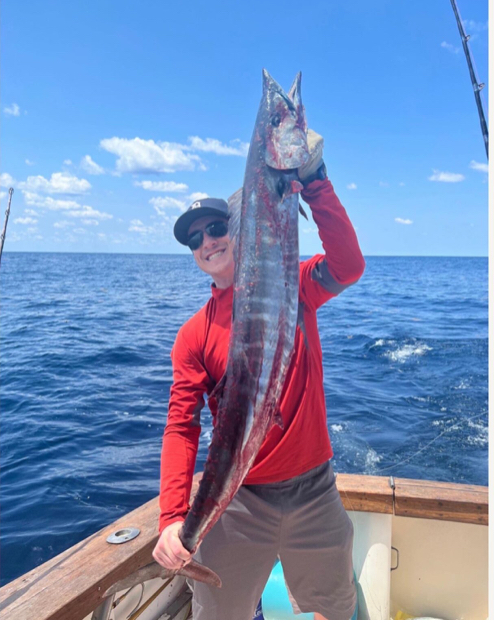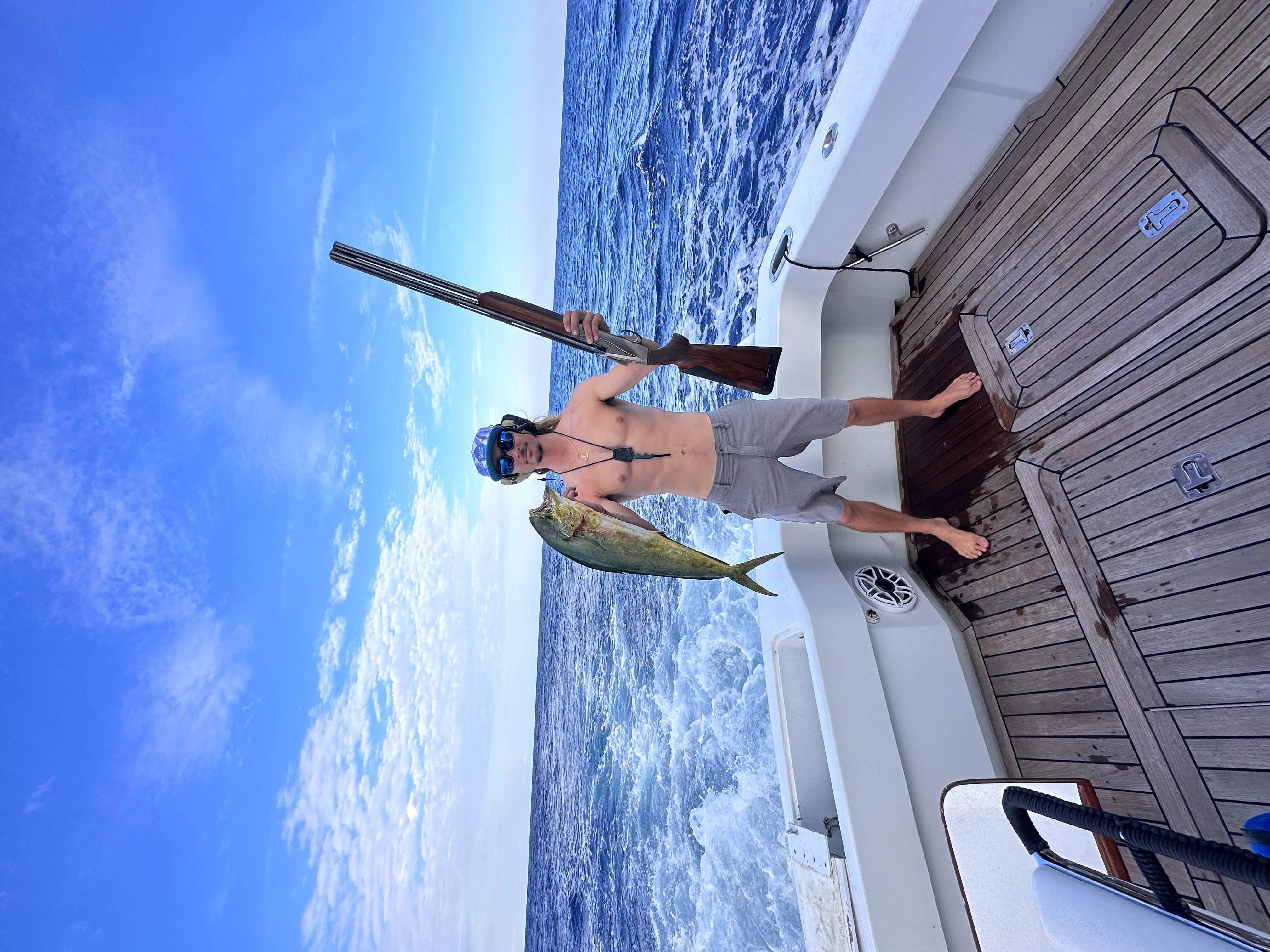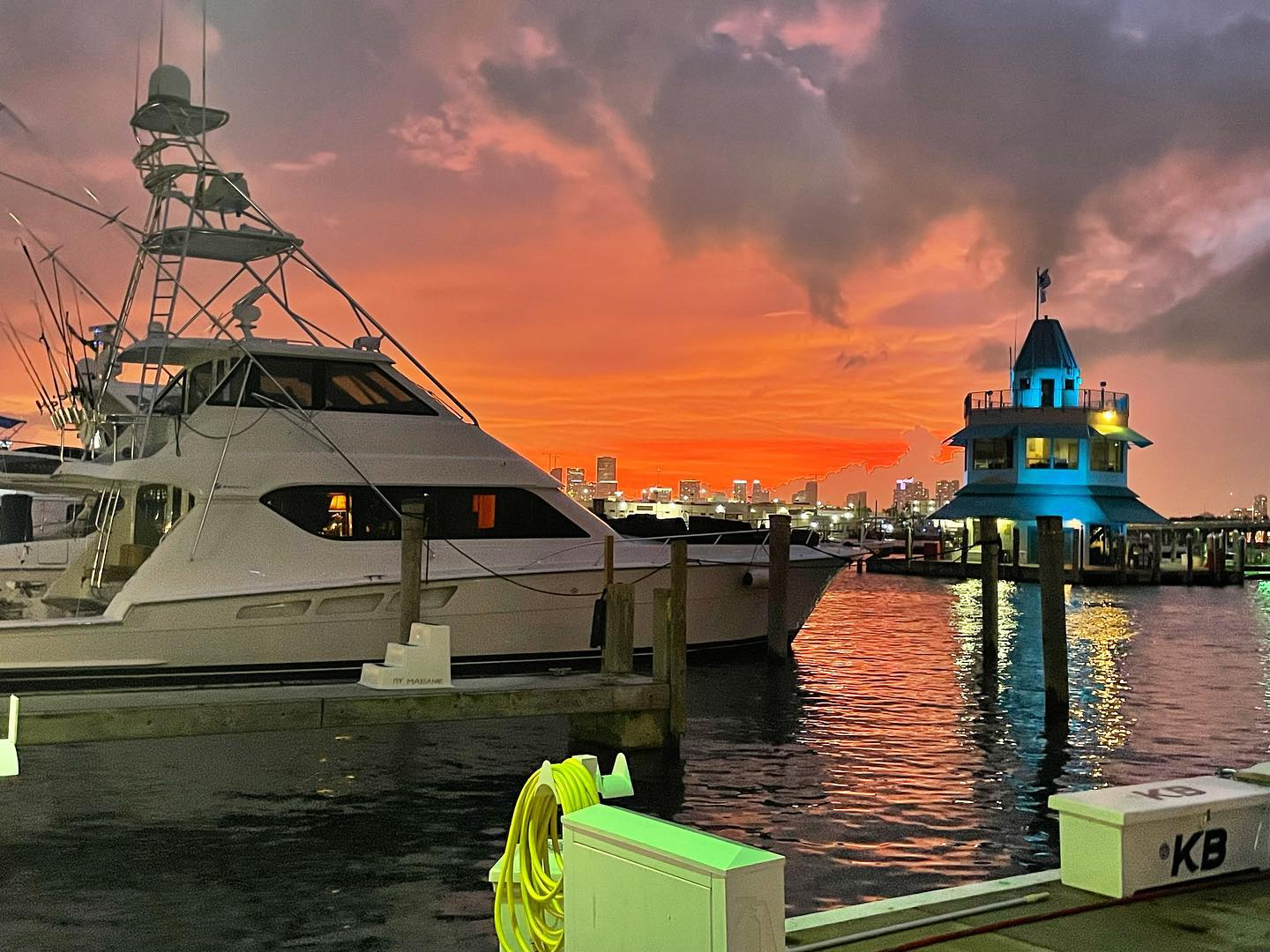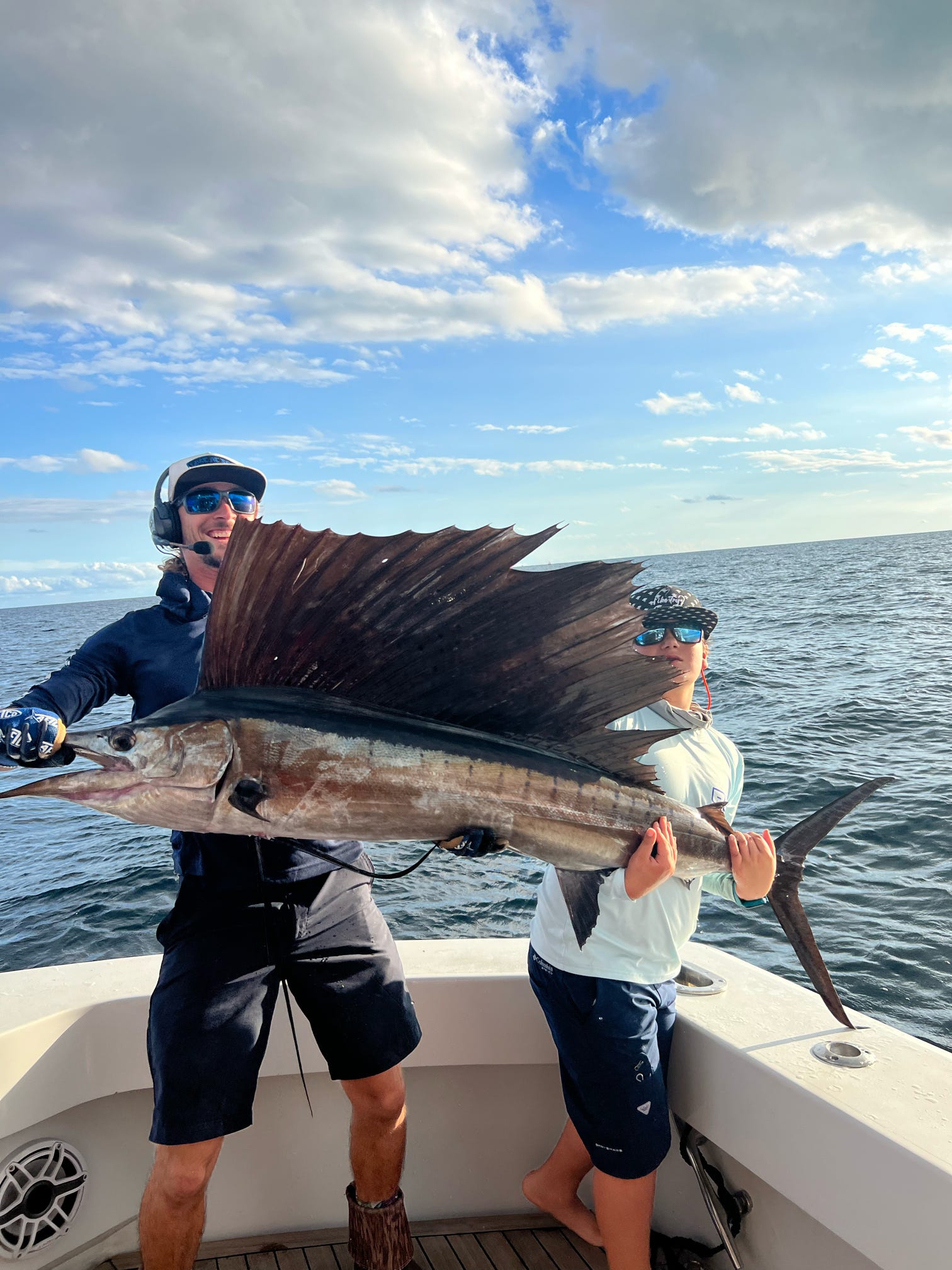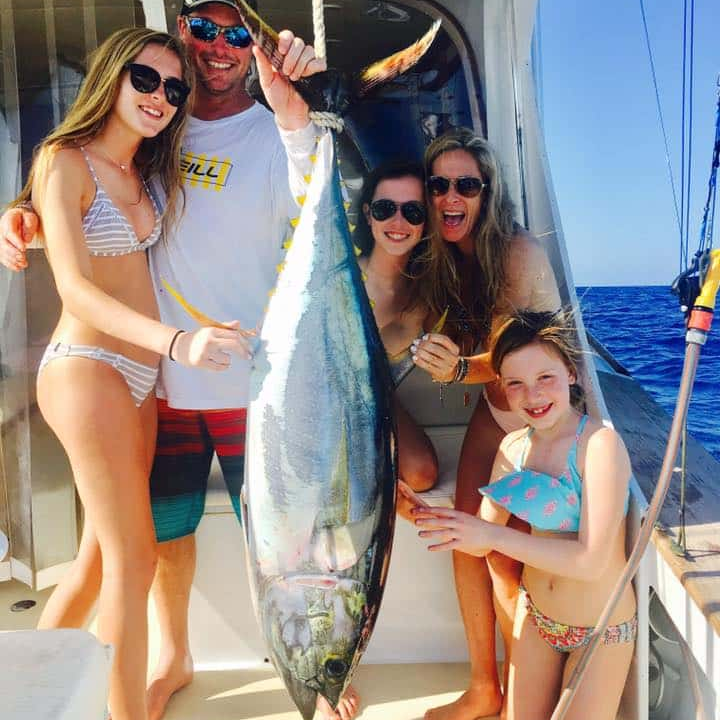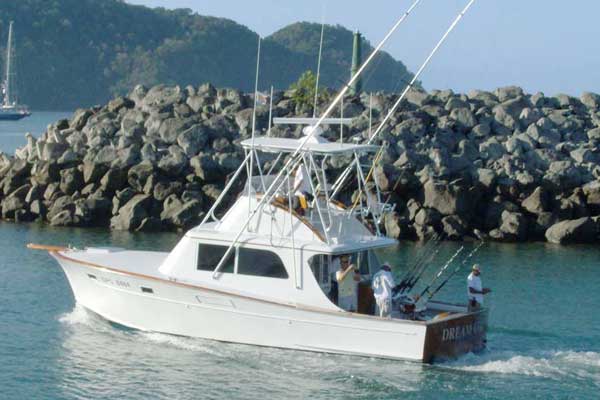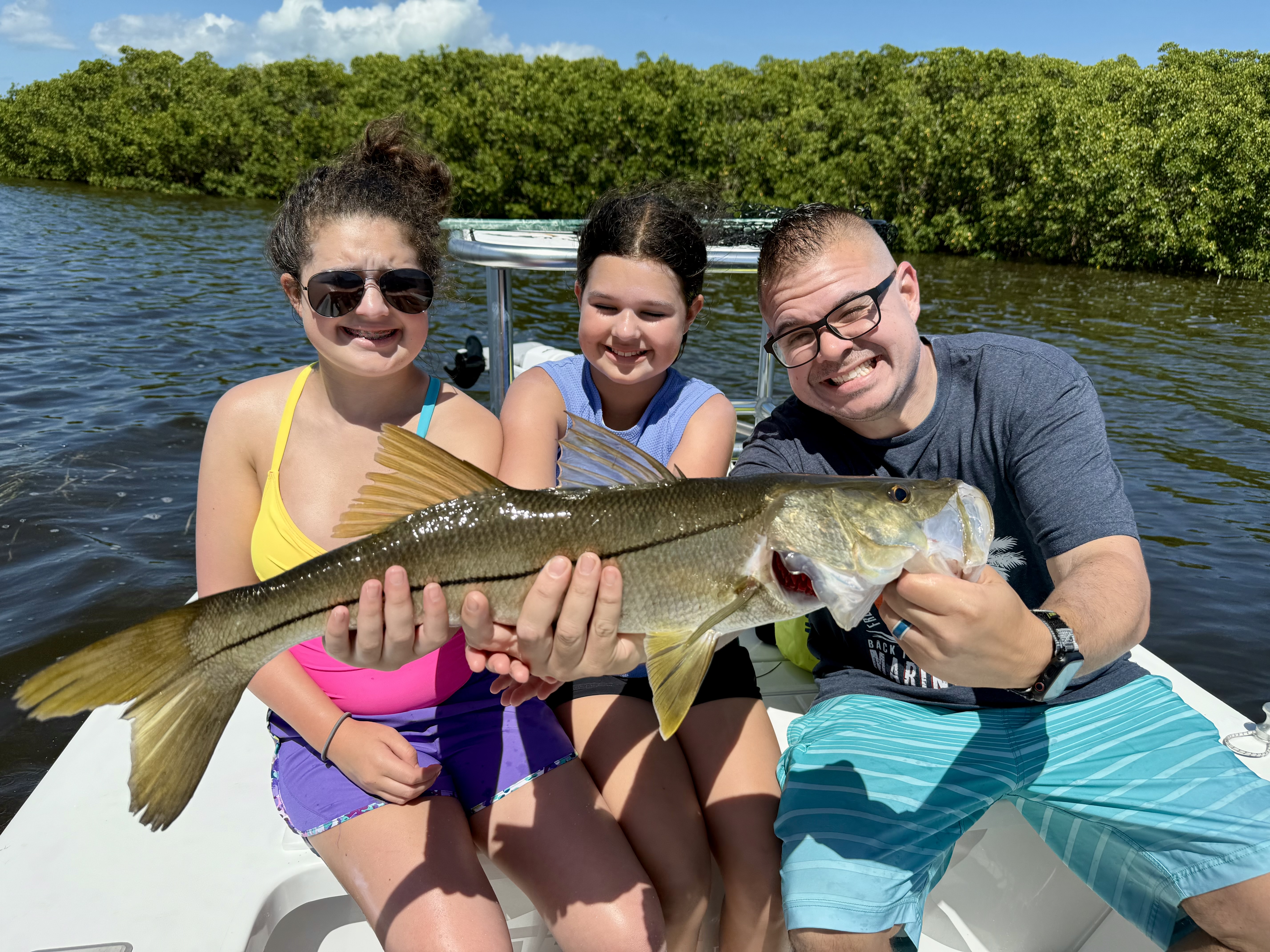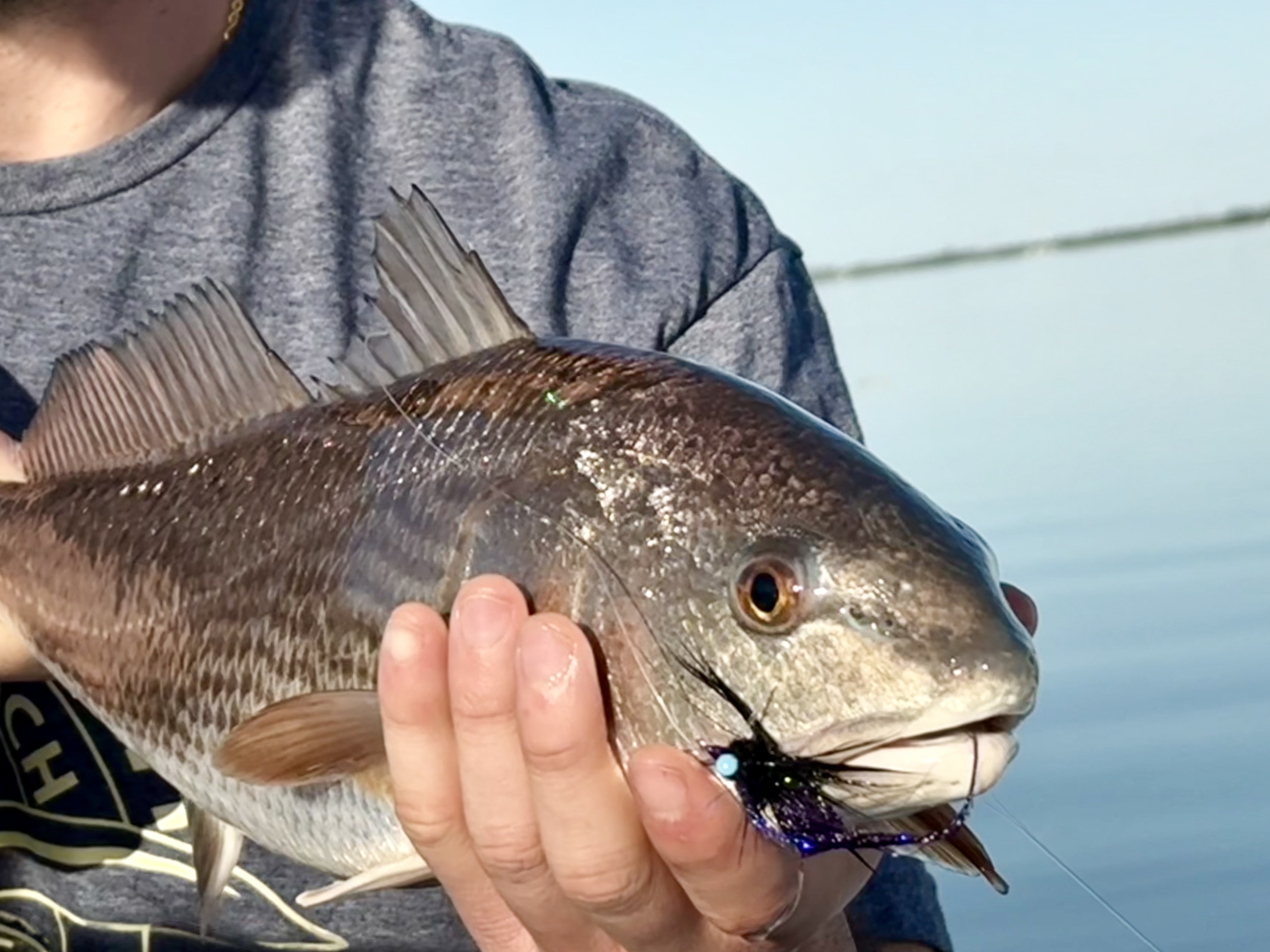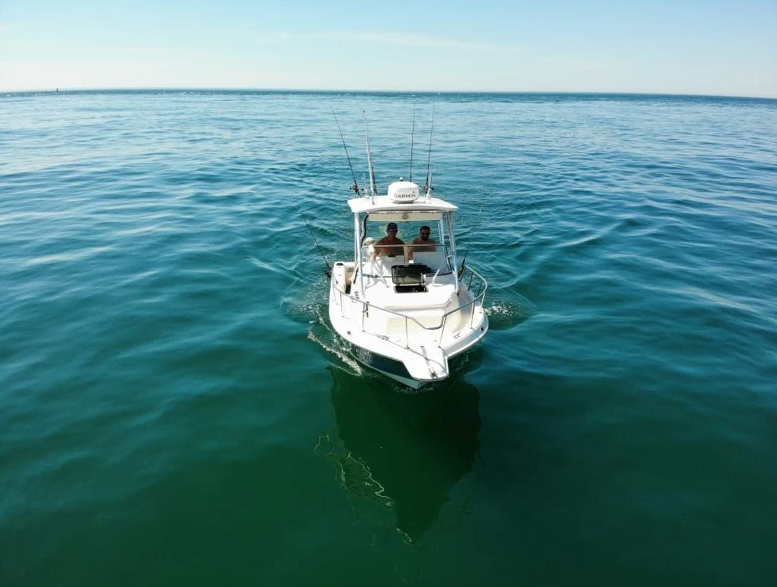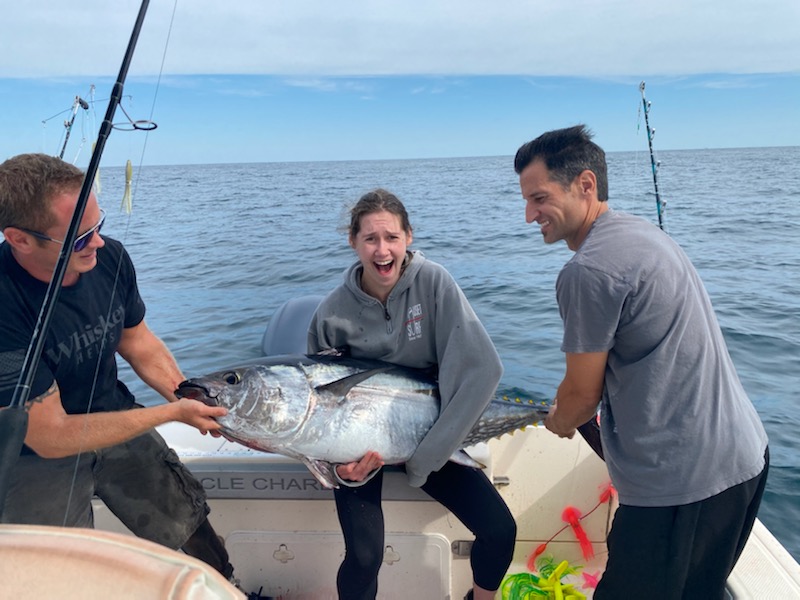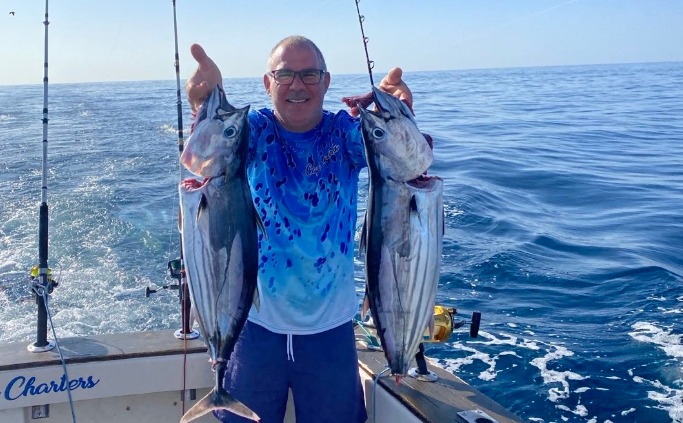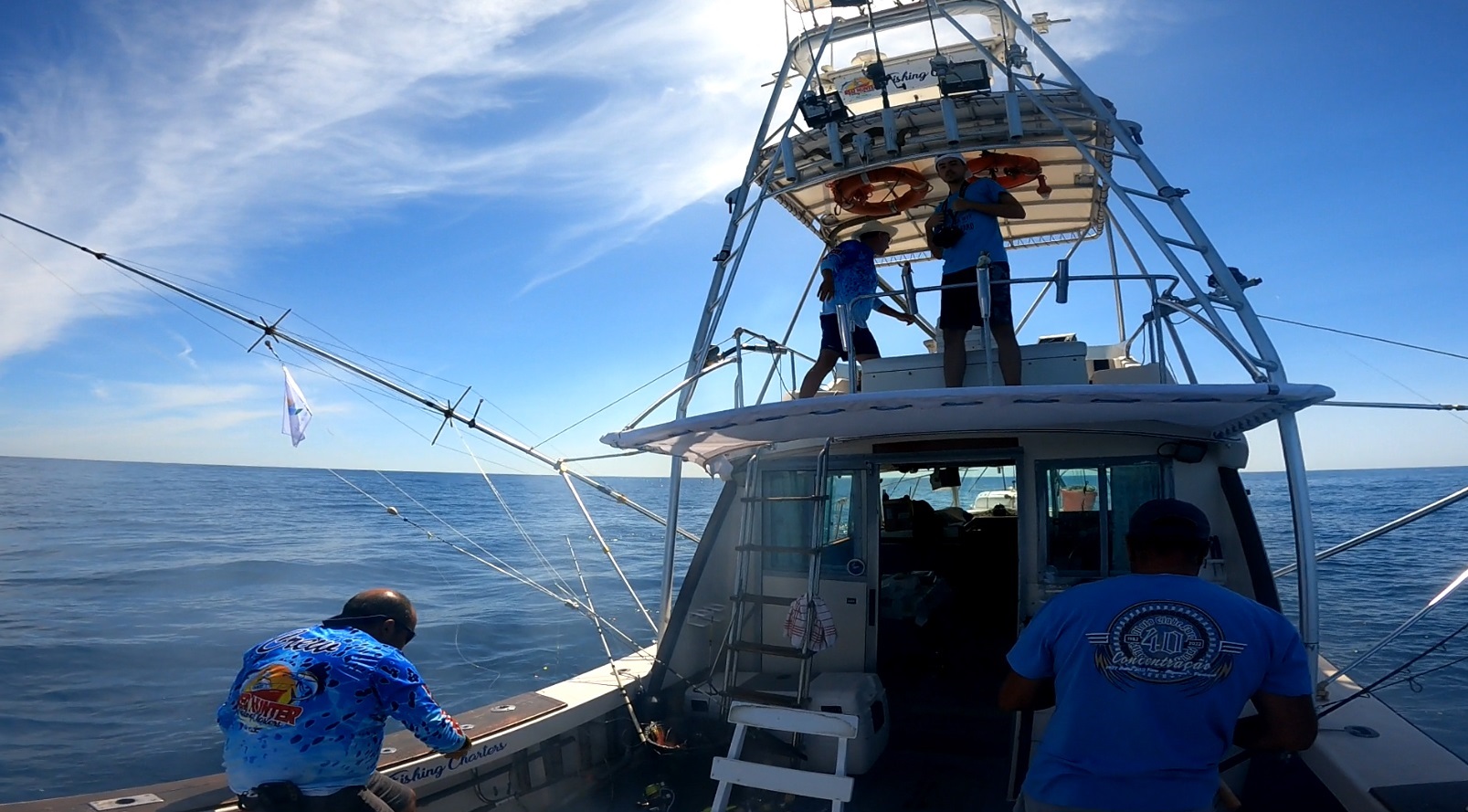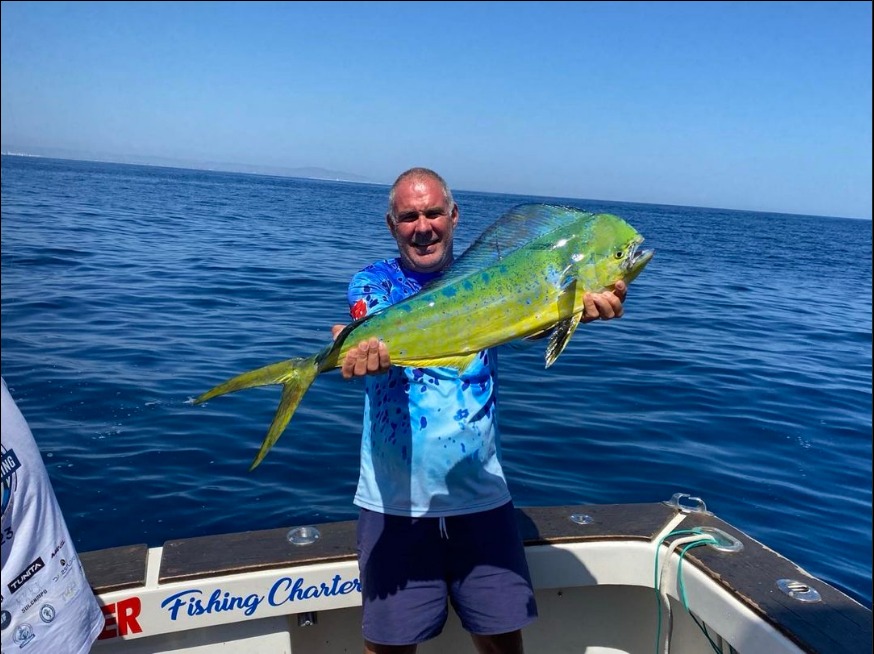Damn Good Guides
Experts Available 24/7
100% Weather Guarantee
“Our Damn Good Guides go above and beyond, and we’ve handpicked every single one. We’re passionate about the outdoors and look forward to getting you out on the trip of a lifetime, every time.”
Jonathan and Attison | Co-founders | Austin, Texas
Albacore Tuna Fishing Charters
Inshore, Nearshore, Flats in Clearwater
1/2 Day Family Friendly To Expert
Offshore Fishing, Panama
Deep Sea Fishing in Ocean Springs
Ocean Springs/Biloxi: Offshore Trip
Inshore, Deep Sea Fishing in Nassau
Light Tackle And Bottom Fishing
Deep Sea, Nearshore Fishing in Montauk
Offshore
Deep Sea Fishing in Miami Beach
Offshore Deep Sea Fishing
Everything to Know About Booking an albacore tuna fishing charter
Why should I book an albacore tuna fishing charter with Captain Experiences?
Our Damn Good Guides currently offer 51 albacore tuna trips, and the most popular trips are Key West 47 Ft Hatteras guided by Mark, 6-8 Hour Fishing Trip guided by Aaron, and Offshore Canyon Adventure guided by Chris.
Our guides are rated a 4.46 out of 5 based on 5982 verified reviews on Captain Experiences.
All guides on Captain Experiences are vetted by our team. You can access their reviews, click through trip photos, read bios to get to know them, and preview trip details like species, techniques, group sizes, boat specs and more.
Looking for kid friendly albacore tuna guides / fishing lessons? Check out our beginner and family friendly albacore tuna guides.
What types of albacore tuna fishing charters are common?
Deep Sea fishing is the most popular type of fishing for albacore tuna as well as nearshore fishing, inshore fishing, and flats fishing.
The most common fishing techniques are trolling, heavy tackle fishing, and bottom fishing but jigging and live bait fishing are popular as well.
How much do albacore tuna fishing charters cost?
Prices for albacore tuna can range anywhere from about $850 to $10,800, but the average price for a half day trip for albacore tuna is $2,491. The average price for a full day trip for albacore tuna is $3,970.
Is booking a fishing guide worth the money?
Hiring a guide provides a number of benefits and many choose to book a fishing guide for a combination of experience, local knowledge, convenience, and cost-effectiveness.
Working with experienced fishing guides who know the best local spots and techniques can dramatically increase your odds of a great day. Having someone who is on the water every day and knows the area like the back of their hand is going to give you the best chances of success.
Booking a guide is also more cost effective, especially if you only get out a handful of times per year. When you consider all of the costs you would incur on your own such as the price of a boat, maintenance, insurance, gas, high-quality gear and tackle, repairs, and more, you’ll find that DIY is sometimes not worth the expense.
Even if you’ve got a great setup already in your home waters, booking a guide also provides a great opportunity to experience new techniques, new locations, or even a chance at a new target species to knock off the bucket list.
What month is best for albacore tuna fishing?
The most popular season for albacore tuna fishing is spring, and most anglers book their trips 47 days in advance.
Do I need a fishing license for albacore tuna and what are the bag limits for albacore tuna?
See here for more information on albacore tuna fishing licenses, albacore tuna bag limits, and fishing season regulations for albacore tuna. When in doubt, your fishing guide will always know the right albacore tuna rules and regulations.
Recent Reviews
Cities
- Bodega Bay, CA
- Clearwater, FL
- Dania Beach, FL
- Fairhaven, MA
- Fernandina Beach, FL
- Folly Beach, SC
- Greenwich, CT
- Gulf Breeze, FL
- Hampton Bays, NY
- Hatteras, NC
- Johns Island, SC
- Kailua-Kona, HI
- Key West, FL
- Miami Beach, FL
- Montauk, NY
- Morehead City, NC
- Nassau, The Bahamas
- Neos Marmaras, Greece
- Ocean City, MD
- Ocean Springs, MS
- Ocean Township, NJ
- Olhão, Portugal
- Orleans, MA
- Playa Herradura, Costa Rica
- Playa del Carmen, Mexico
- Point Pleasant Beach, NJ
- Richmond, CA
- Rincon, Puerto Rico
- Rio Hato, Panama
- Roosevelt Roads, Puerto Rico
- Santa Catalina, Panama
- Shelter Island, NY
- Tamarindo, Costa Rica
- Wanchese, NC
Countries
Other Fishing Species
- African Pompano
- Almaco Jack
- Amberjack
- Atlantic Mackerel
- Barracuda
- Bigeye Tuna
- Black Drum
- Black Grouper
- Black Marlin
- Black Seabass
- Blackfin Tuna
- Blacktip Shark
- Blue Marlin
- Blue Shark
- Bluefin Tuna
- Bluefish
- Bonefish
- Bonito
- Bonnethead Shark
- Broomtail Grouper
- Bull Shark
- Cero Mackerel
- Chinook Salmon
- Cobia
- Crab
- Cubera Snapper
- Dusky Shark
- False Albacore
- Florida Pompano
- Flounder
- Fluke
- Gag Grouper
- Giant Trevally
- Goliath Grouper
- Great White Shark
- Grunt
- Halibut
- Hammerhead Shark
- Horse-eye Jack
- Jack Crevalle
- Kingfish
- Ladyfish
- Lane Snapper
- Lemon Shark
- Leopard Shark
- Lingcod
- Lobster
- Mahi Mahi
- Mako Shark
- Mangrove Snapper
- Milkfish
- Mullet Snapper
- Mutton Snapper
- Needlefish
- Permit
- Pink Snapper
- Queen Snapper
- Rainbow Runner
- Ray
- Red Grouper
- Red Snapper
- Redfish
- Rockfish
- Roosterfish
- Sailfish
- Sandbar Shark
- Scamp Grouper
- Scup
- Sheepshead
- Sierra Mackerel
- Skipjack Tuna
- Snook
- Snowy Grouper
- Spadefish
- Spanish Mackerel
- Spearfish
- Speckled Trout
- Strawberry Grouper
- Striped Bass
- Striped Marlin
- Sturgeon
- Swordfish
- Tarpon
- Tautog
- Thresher Shark
- Tiger Shark
- Tilefish
- Triggerfish
- Tripletail
- Vermillion Snapper
- Wahoo
- Warsaw Grouper
- Weakfish
- White Marlin
- Yellowfin Tuna
- Yellowtail Amberjack
- Yellowtail Snapper
Tour Species
Featured Cities
- Fishing Charters Near Me
- Austin Fishing Guides
- Biloxi Fishing Charters
- Bradenton Fishing Charters
- Cabo San Lucas Fishing Charters
- Cancun Fishing Charters
- Cape Coral Fishing Charters
- Charleston Fishing Charters
- Clearwater Fishing Charters
- Corpus Christi Fishing Charters
- Crystal River Fishing Charters
- Dauphin Island Fishing Charters
- Daytona Beach Fishing Charters
- Destin Fishing Charters
- Fort Lauderdale Fishing Charters
- Fort Myers Fishing Charters
- Fort Walton Beach Fishing Charters
- Galveston Fishing Charters
- Gulf Shores Fishing Charters
- Hatteras Fishing Charters
- Hilton Head Fishing Charters
- Islamorada Fishing Charters
- Jacksonville Fishing Charters
- Jupiter Fishing Charters
- Key Largo Fishing Charters
- Key West Fishing Charters
- Kona Fishing Charters
- Lakeside Marblehead Fishing Charters
- Marathon Fishing Charters
- Marco Island Fishing Charters
- Miami Fishing Charters
- Montauk Fishing Charters
- Morehead City Fishing Charters
- Naples Fishing Charters
- New Orleans Fishing Charters
- New Smyrna Beach Fishing Charters
- Ocean City Fishing Charters
- Orange Beach Fishing Charters
- Panama City Beach Fishing Charters
- Pensacola Fishing Charters
- Pompano Beach Fishing Charters
- Port Aransas Fishing Charters
- Port Orange Fishing Charters
- Rockport Fishing Charters
- San Diego Fishing Charters
- San Juan Fishing Charters
- Sarasota Fishing Charters
- South Padre Island Fishing Charters
- St. Augustine Fishing Charters
- St. Petersburg Fishing Charters
- Tampa Fishing Charters
- Tarpon Springs Fishing Charters
- Venice Fishing Charters
- Virginia Beach Fishing Charters
- West Palm Beach Fishing Charters
- Wilmington Fishing Charters
- Wrightsville Beach Fishing Charters
What's biting?
View Albacore Tuna Fishing Reports from our damn good guides.
Didn't Find What You Were Looking For?
Our guides are Damn Good Guides, which means they’re vetted by our team of outdoor experts who know them on a first-name basis. We hand pick each and every one of them, and our network spans all across the US and beyond.
The proof is in the pudding, and we’re incredibly proud of our 4.9 / 5 average review score. Hit the button below to see more trip options:
